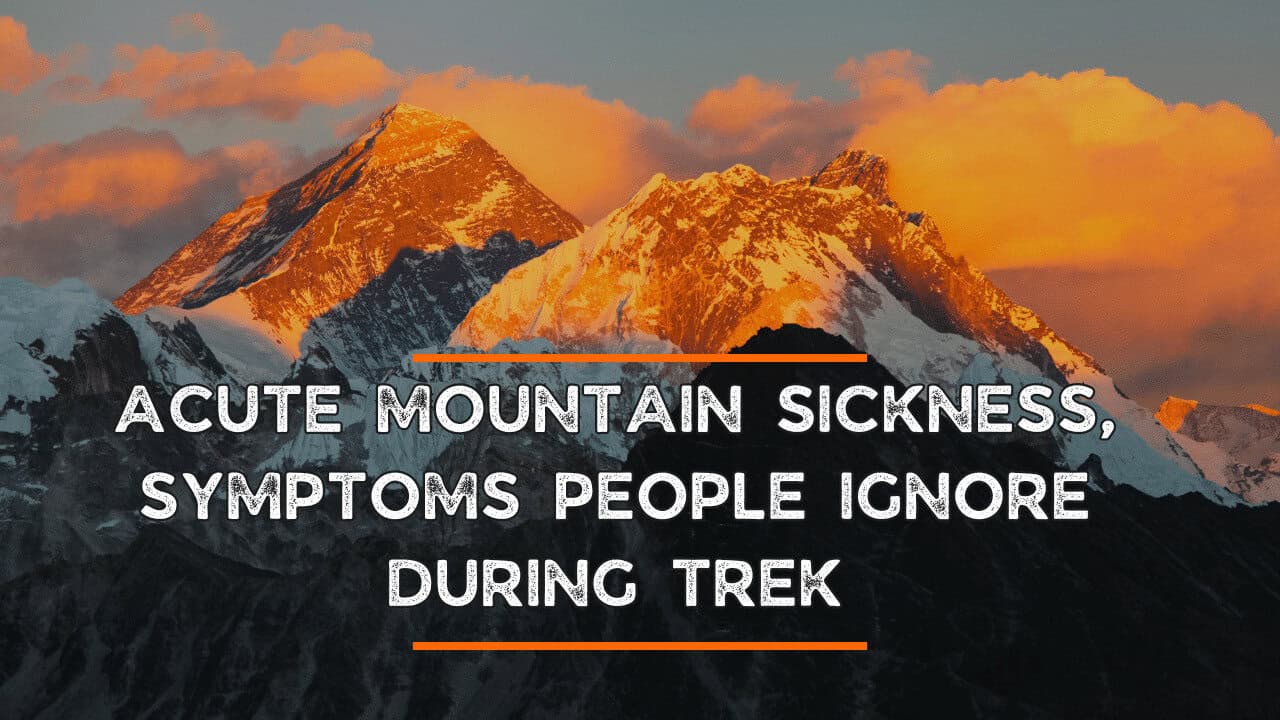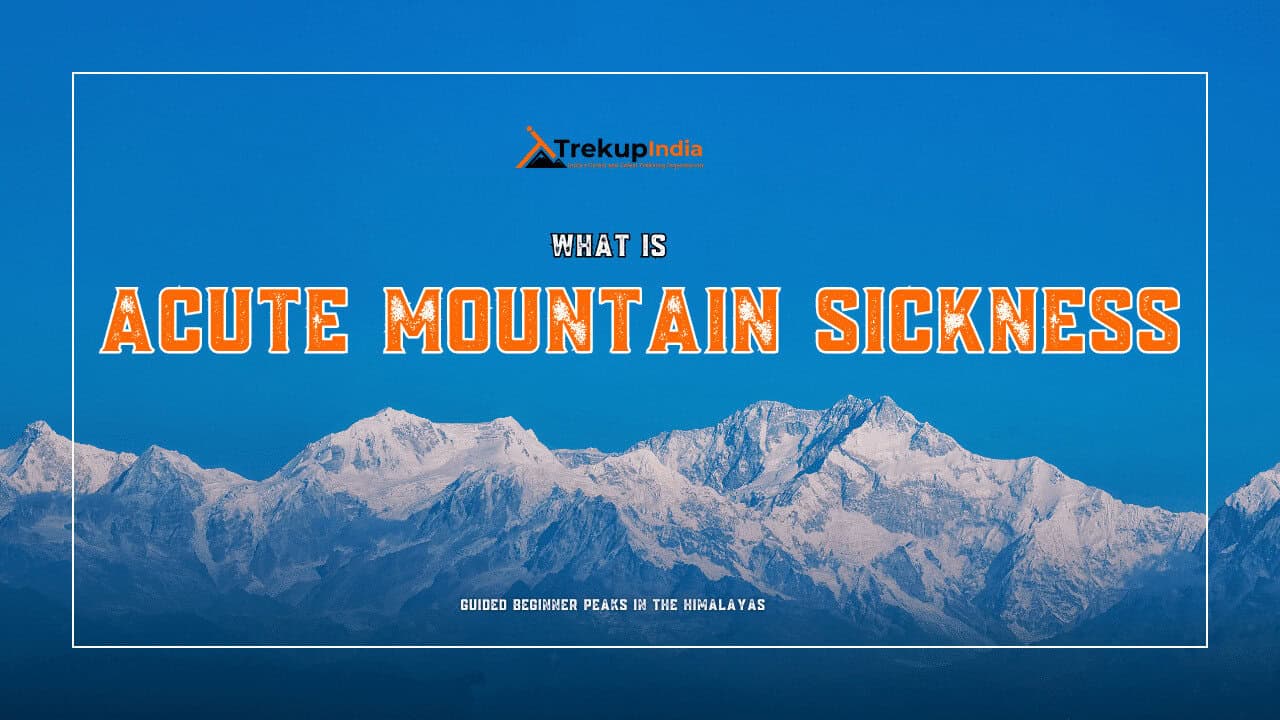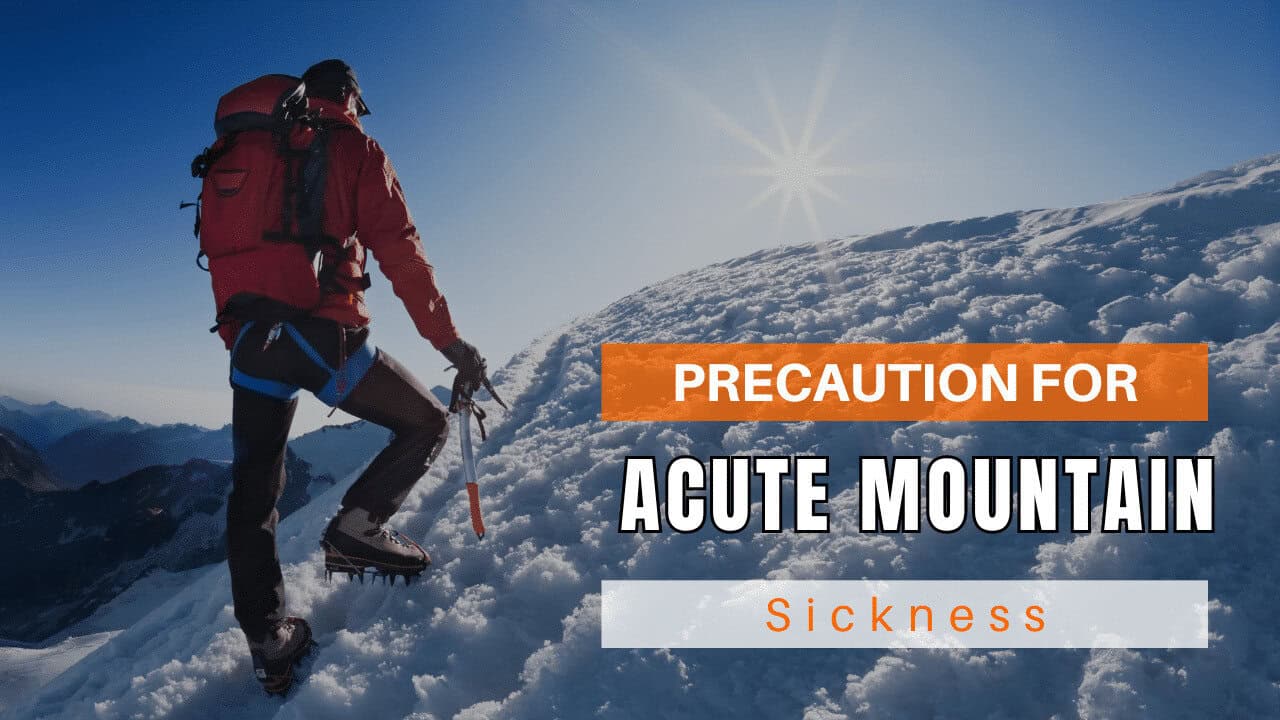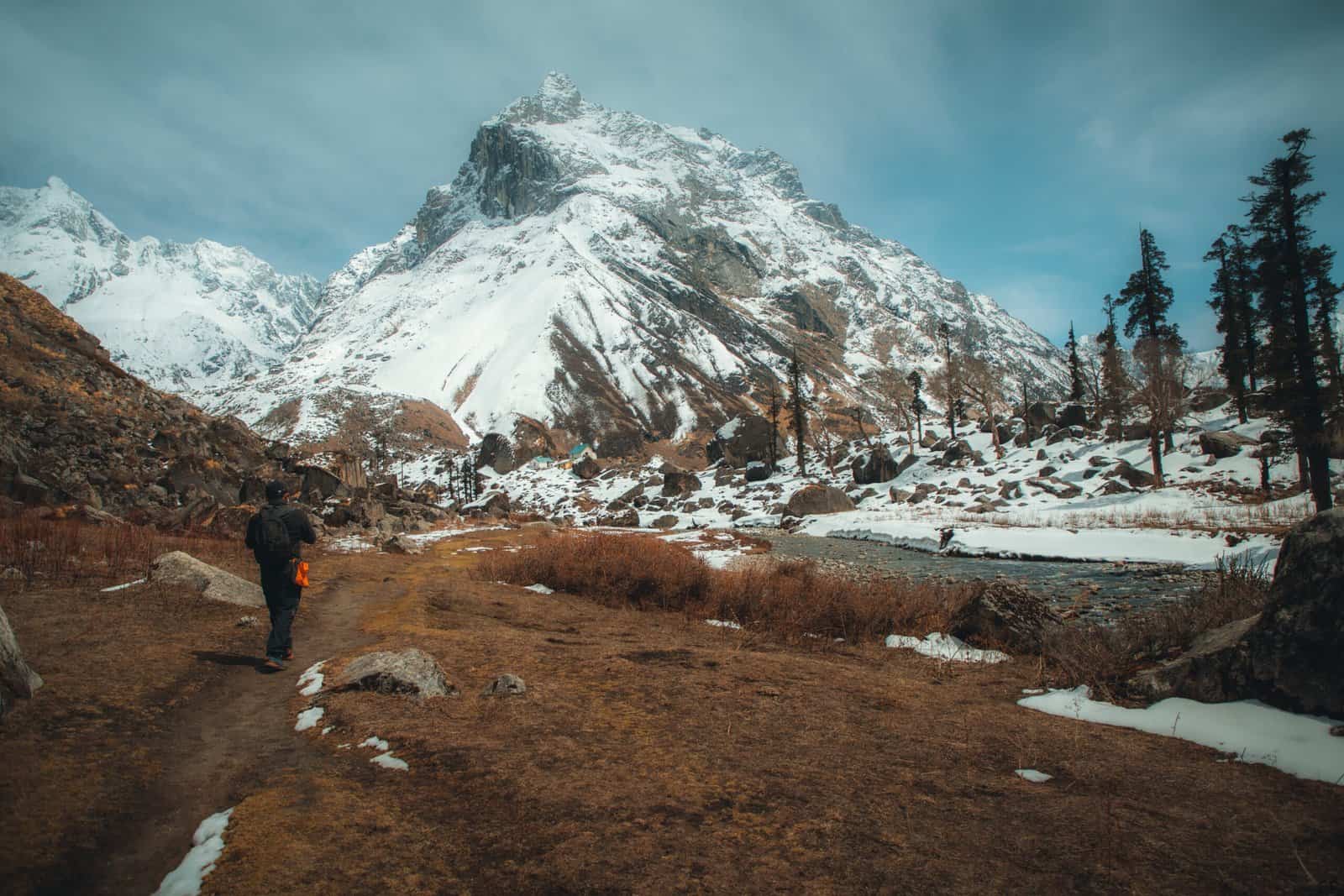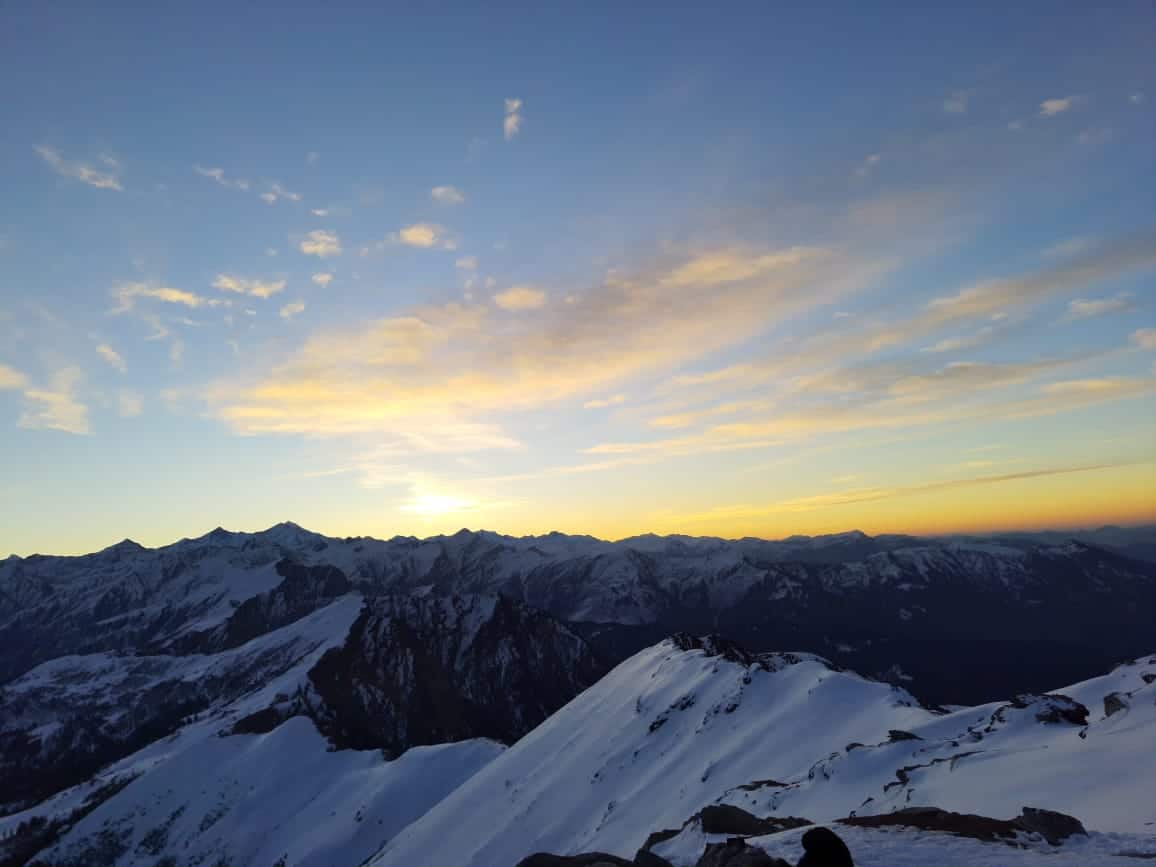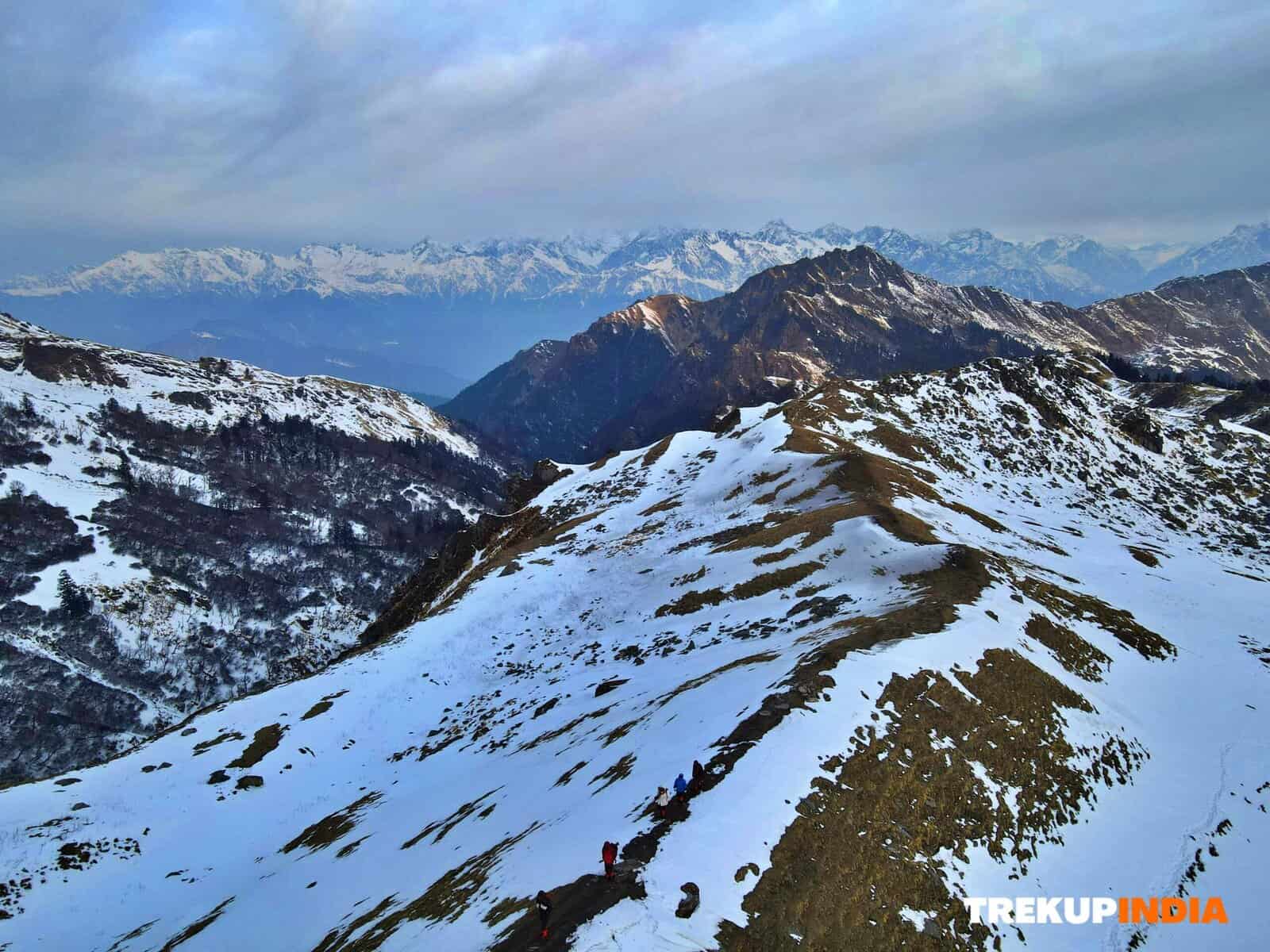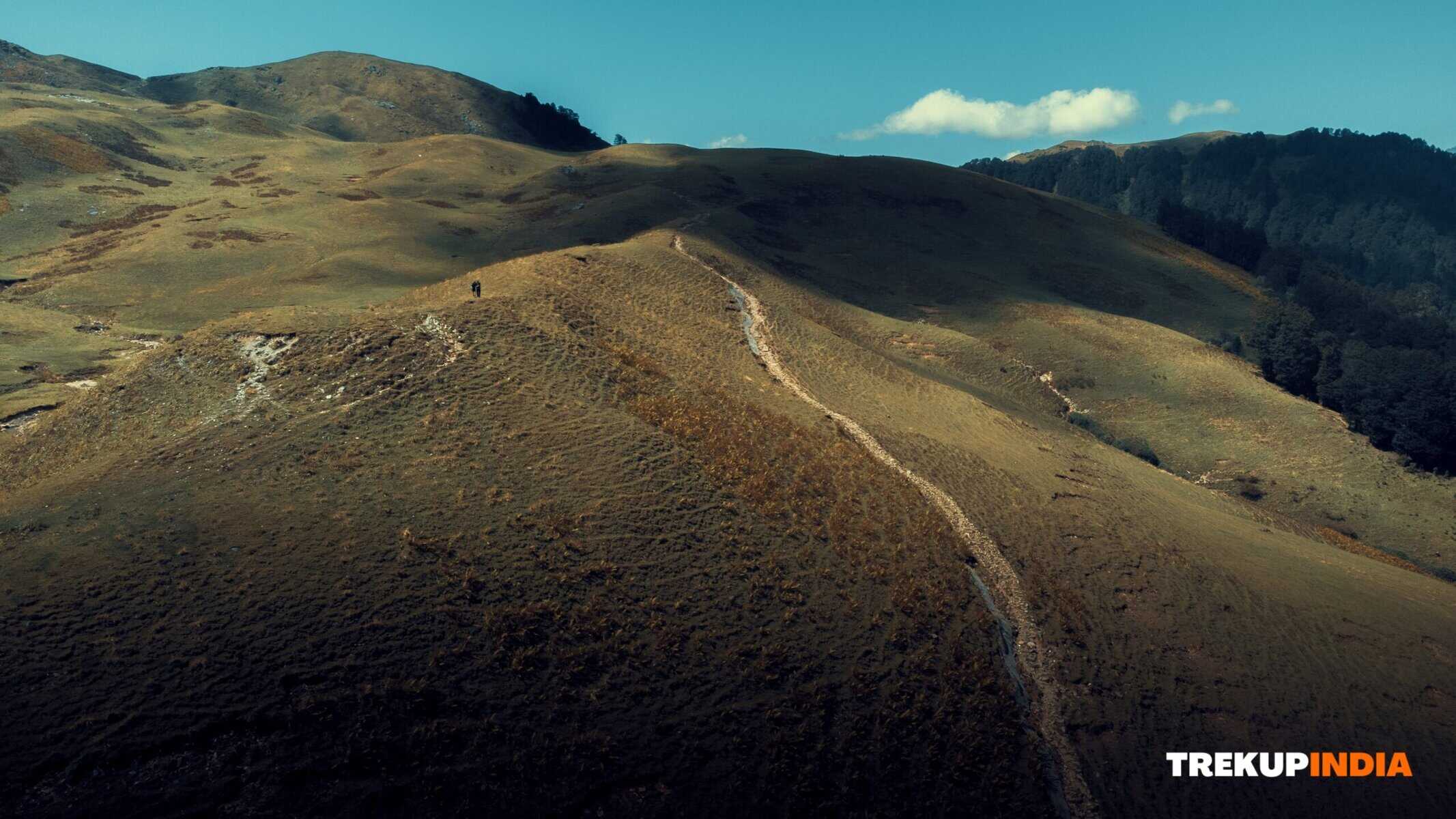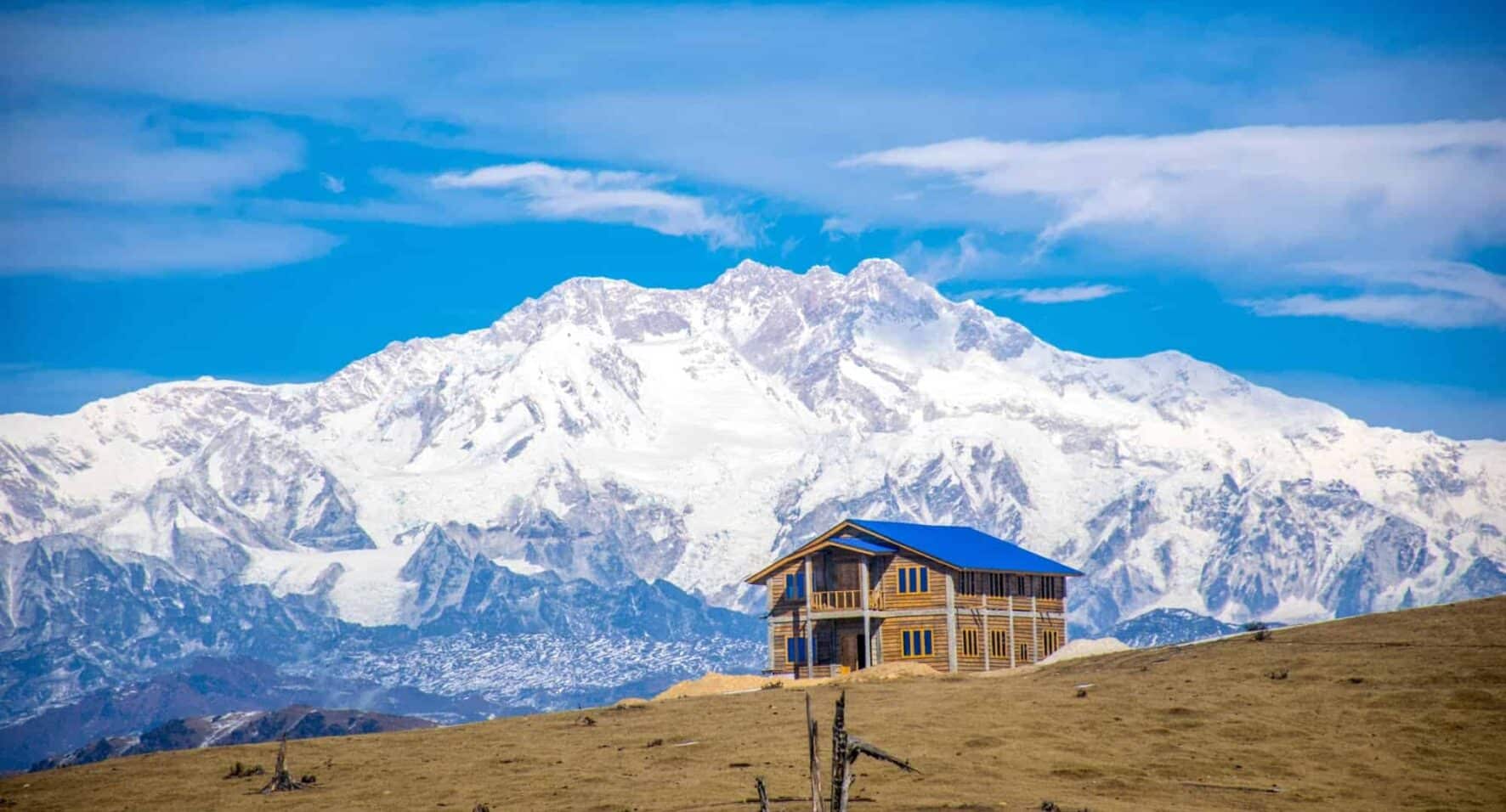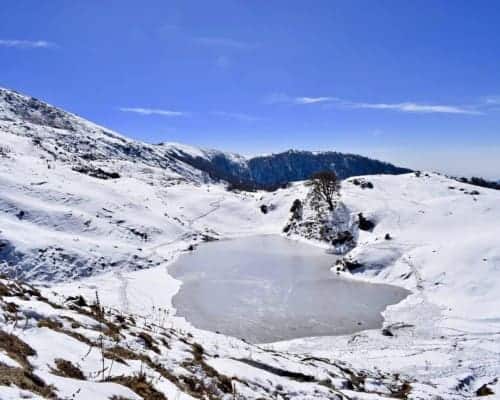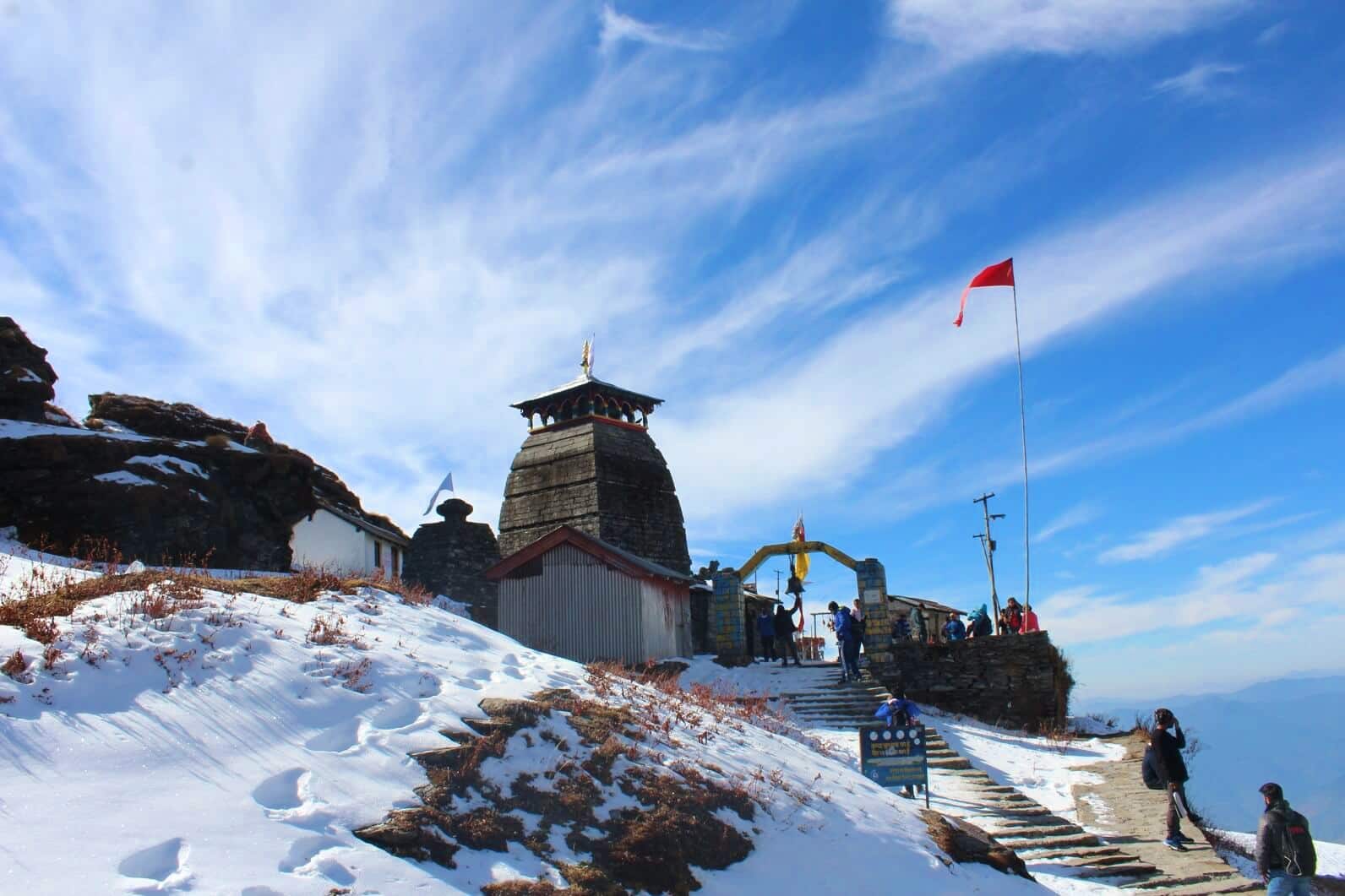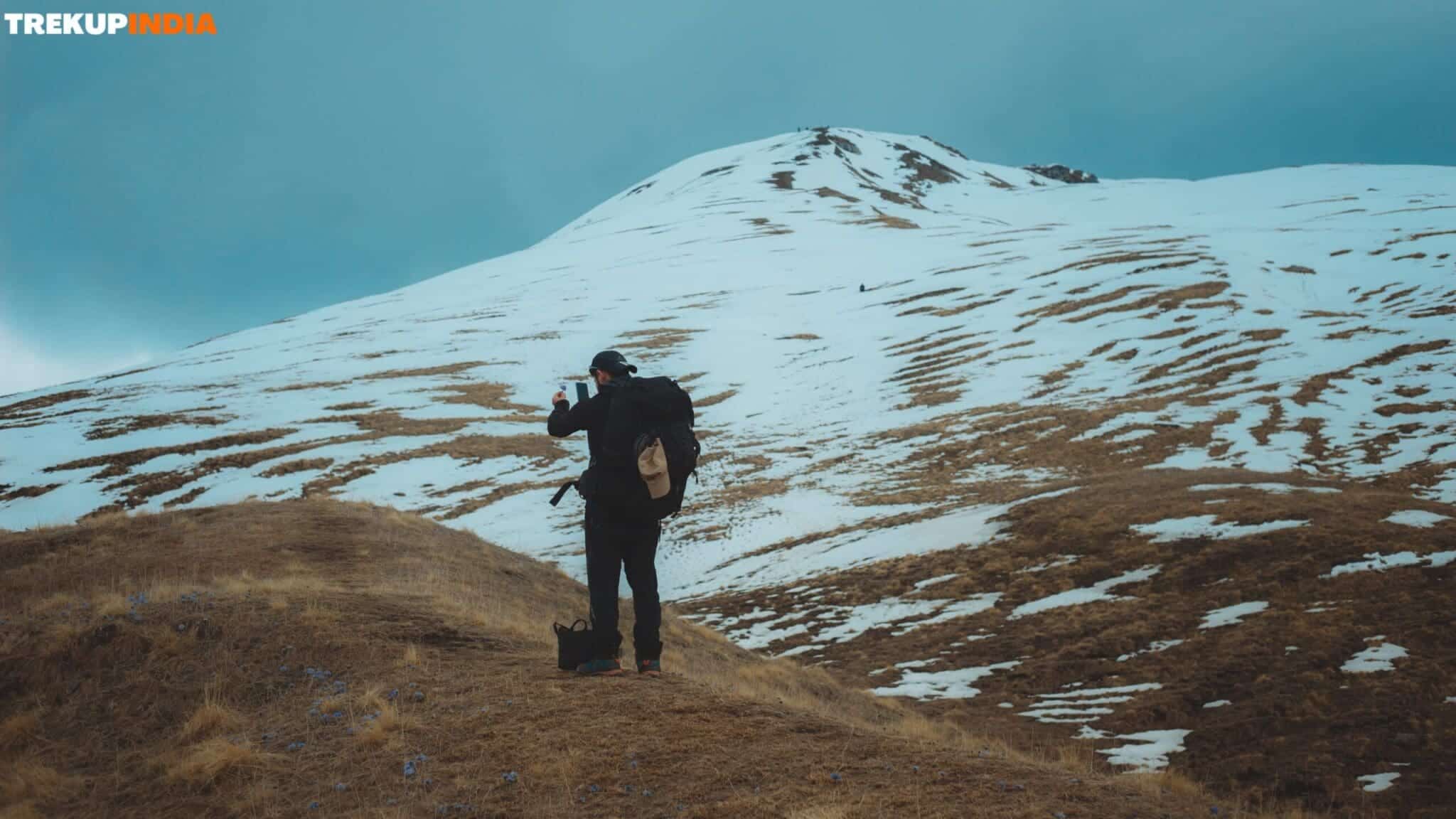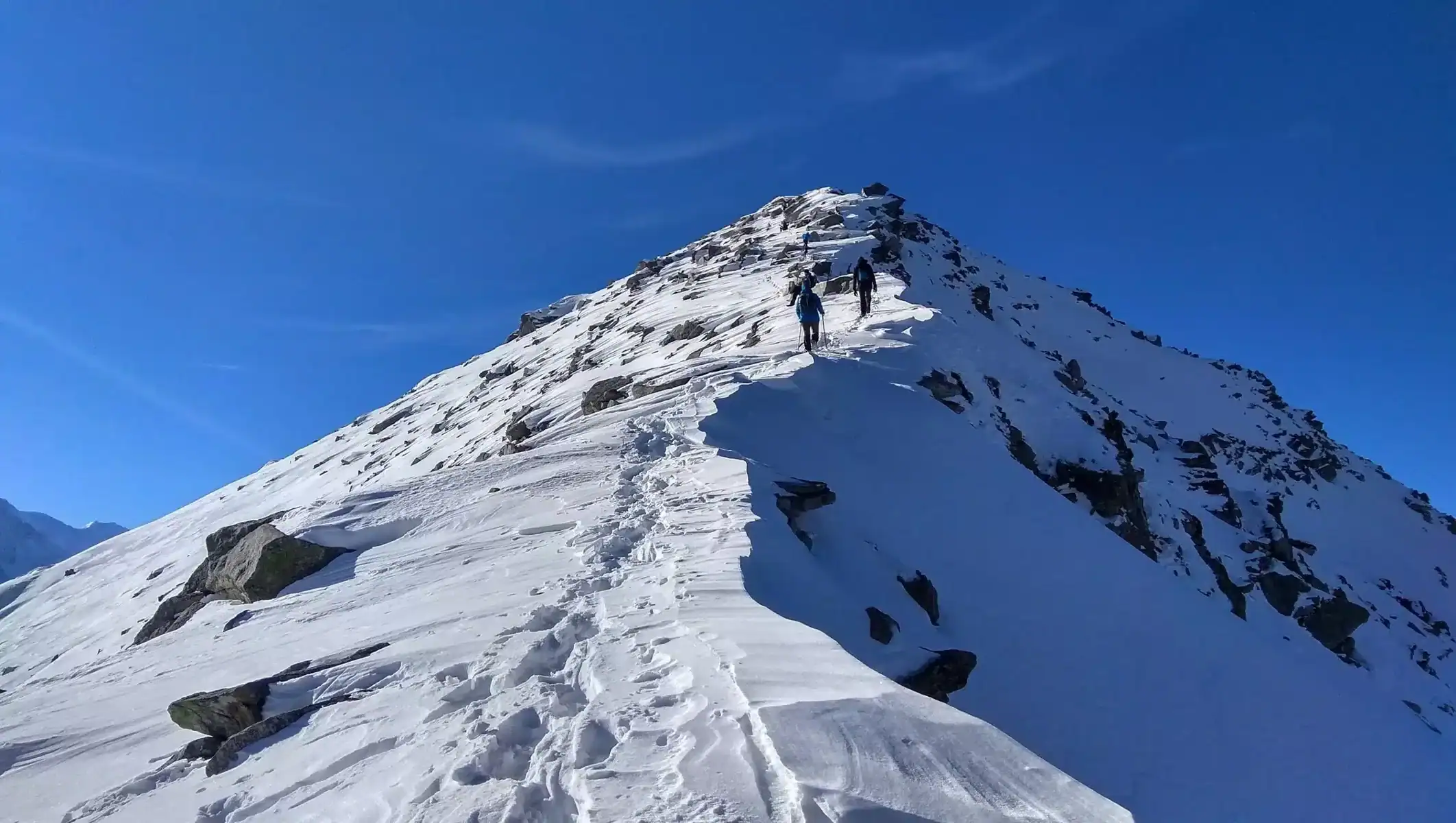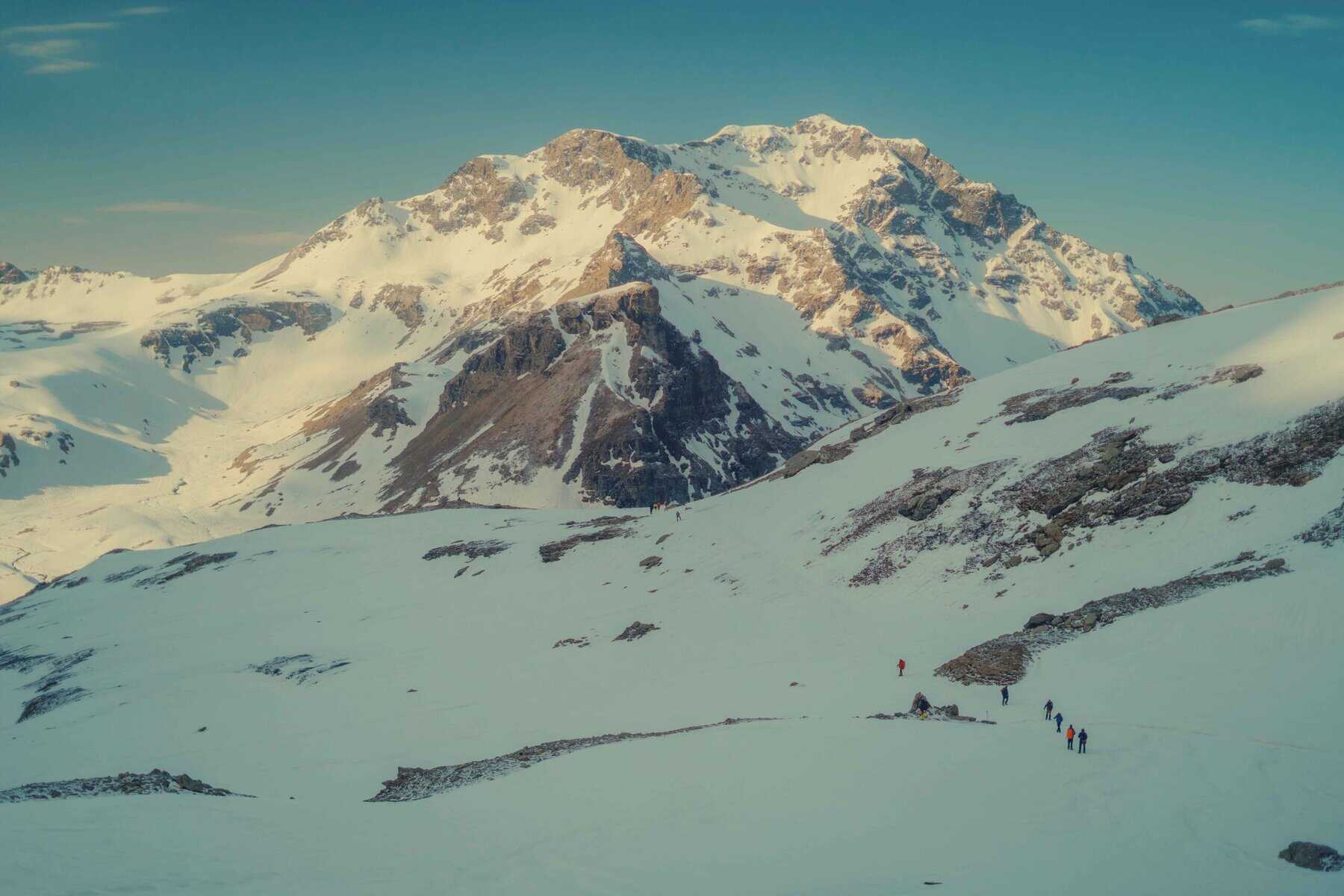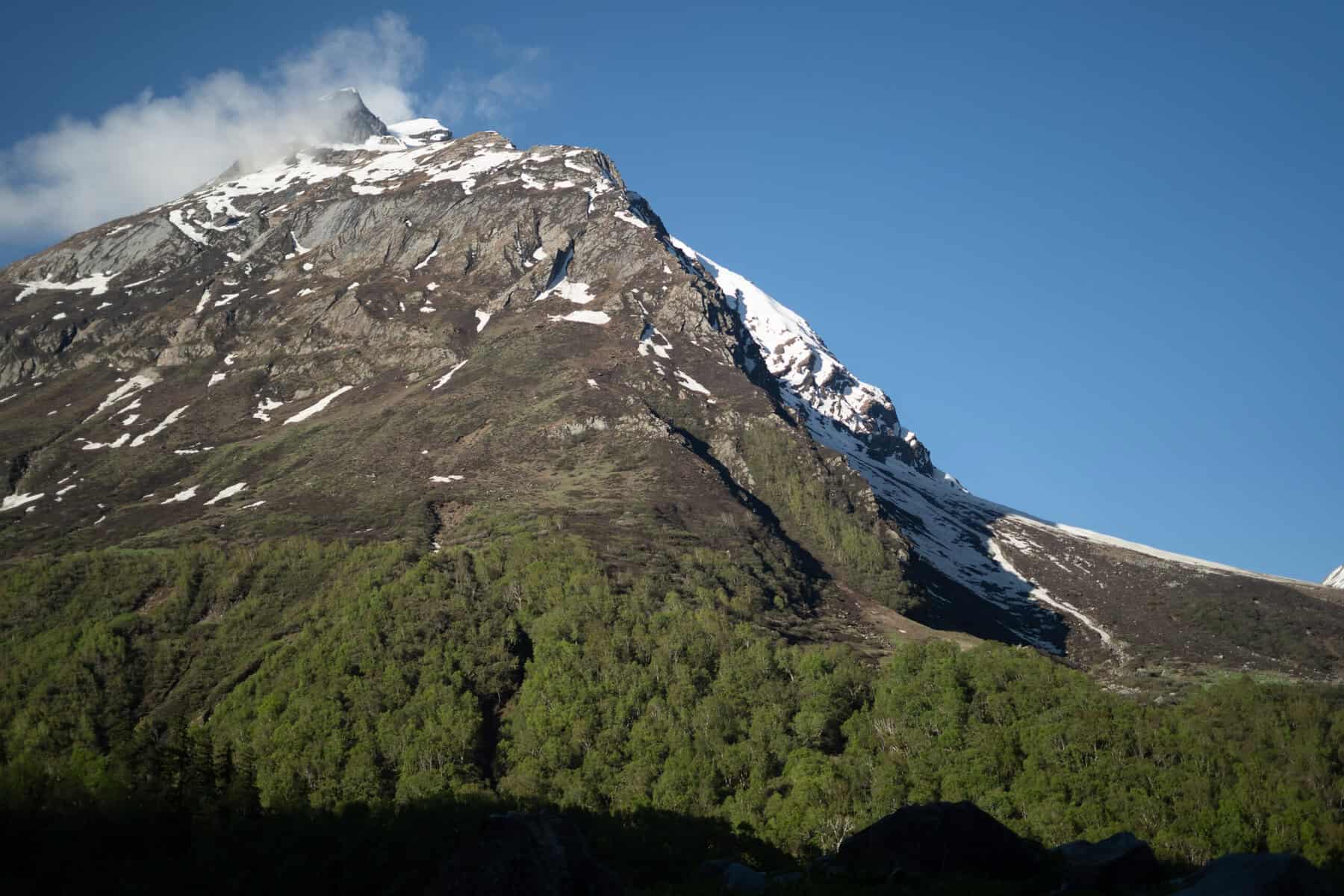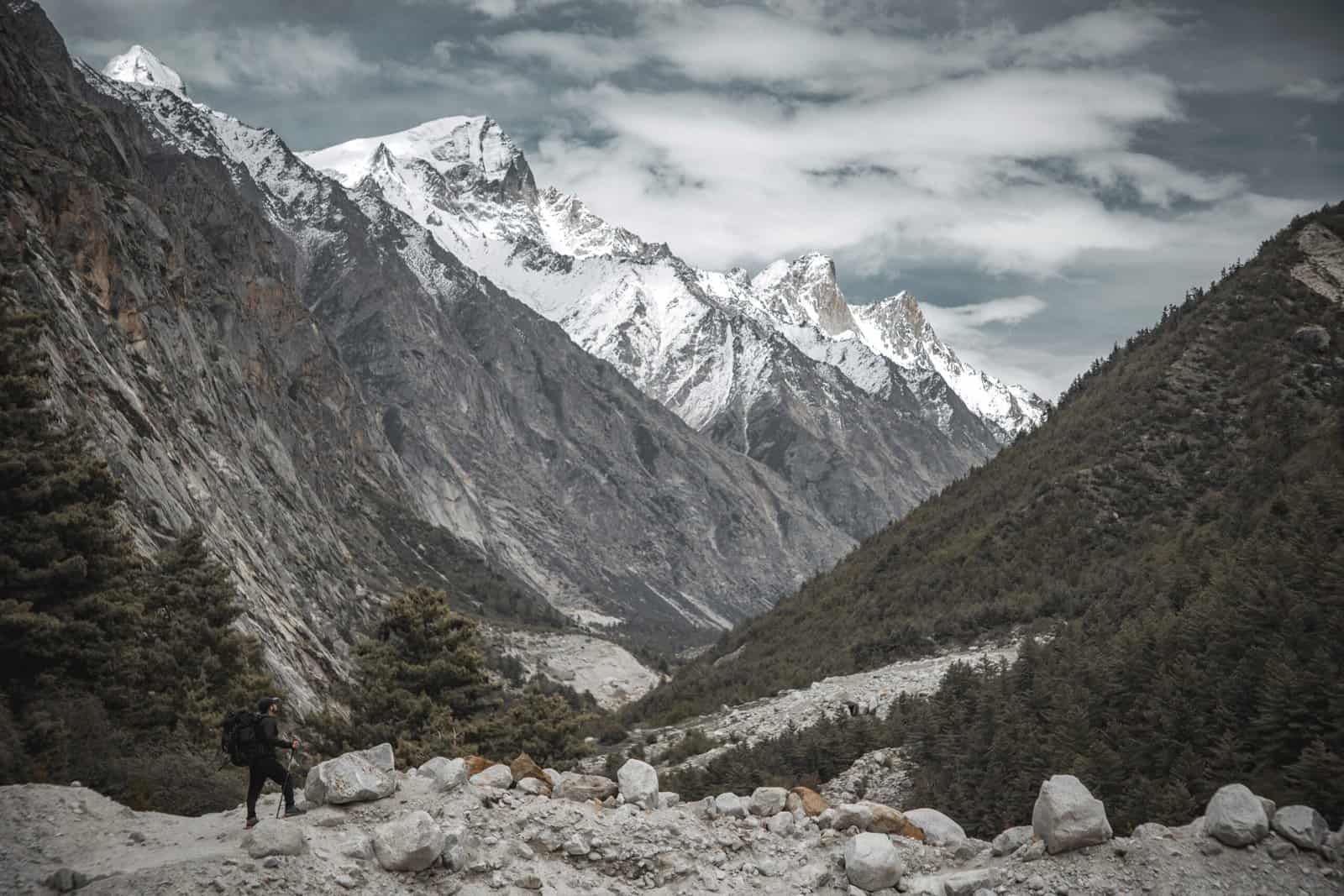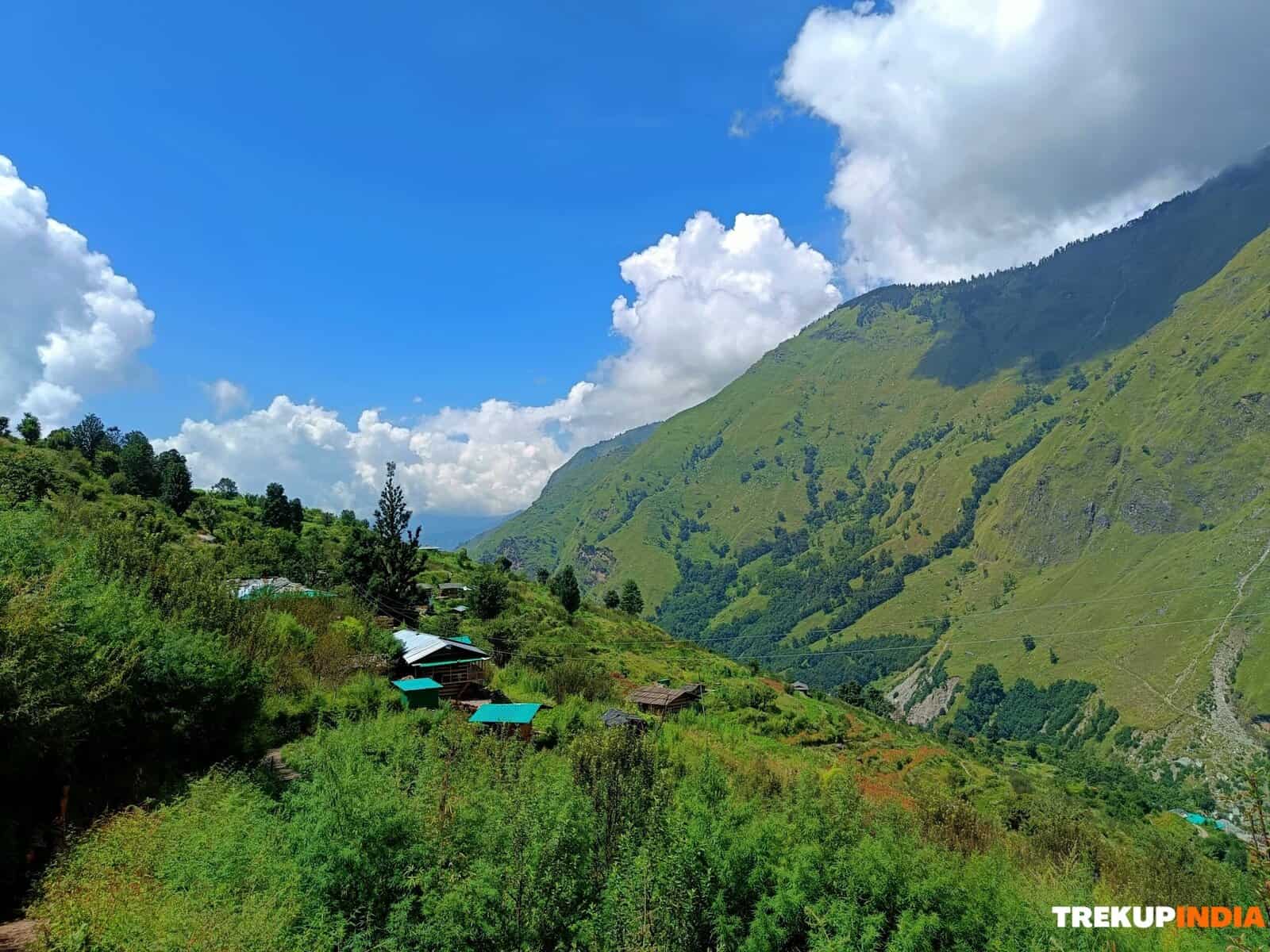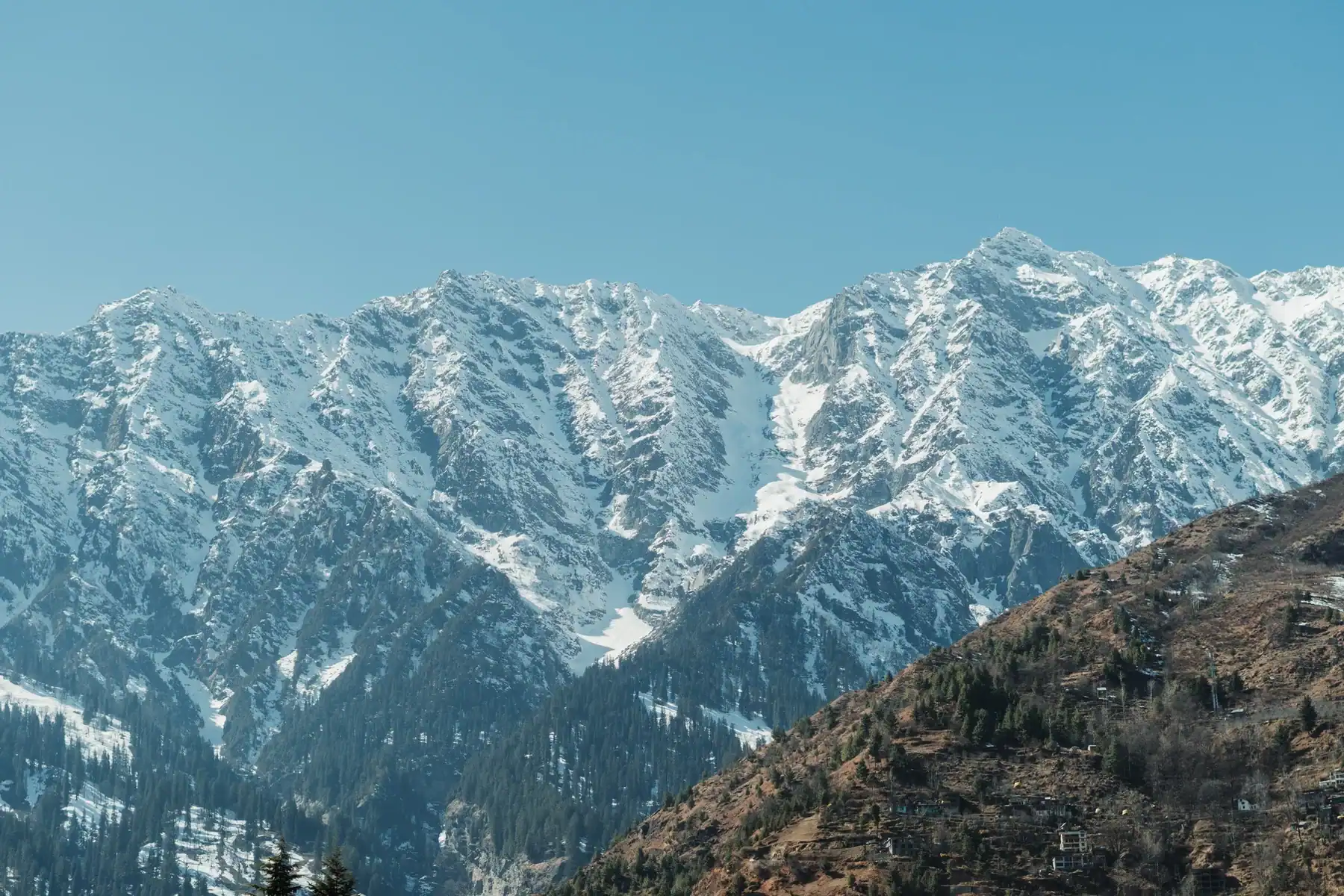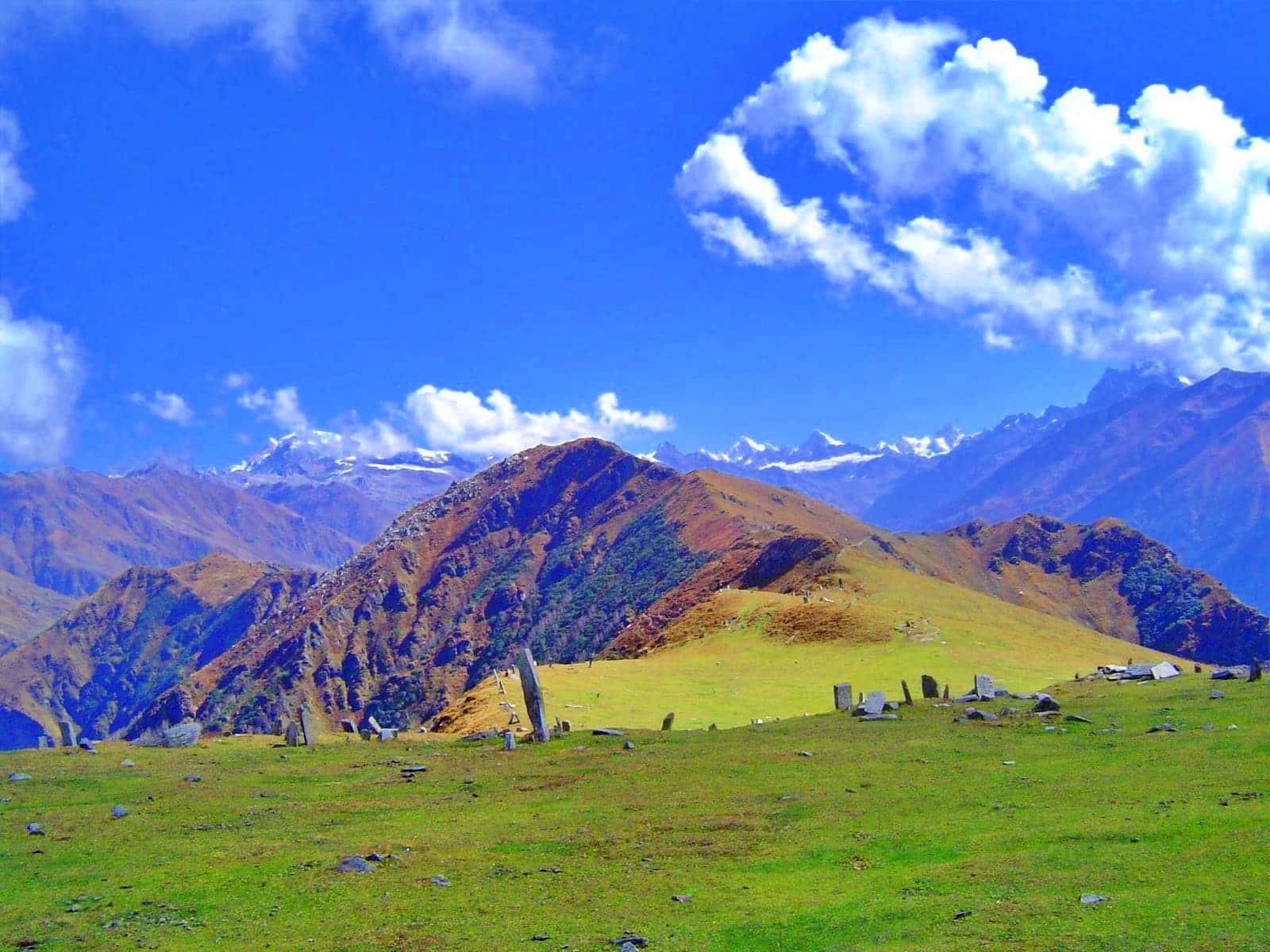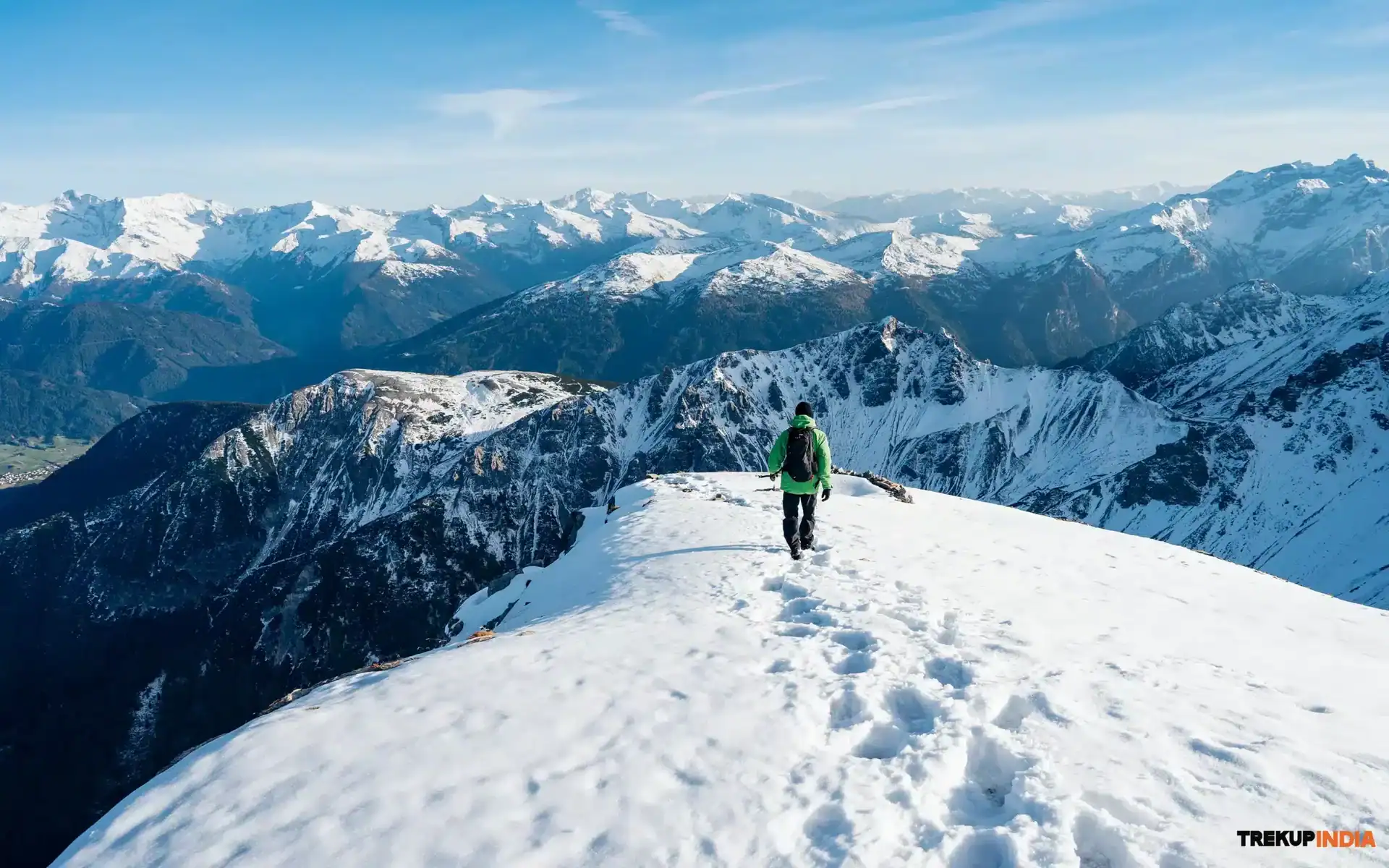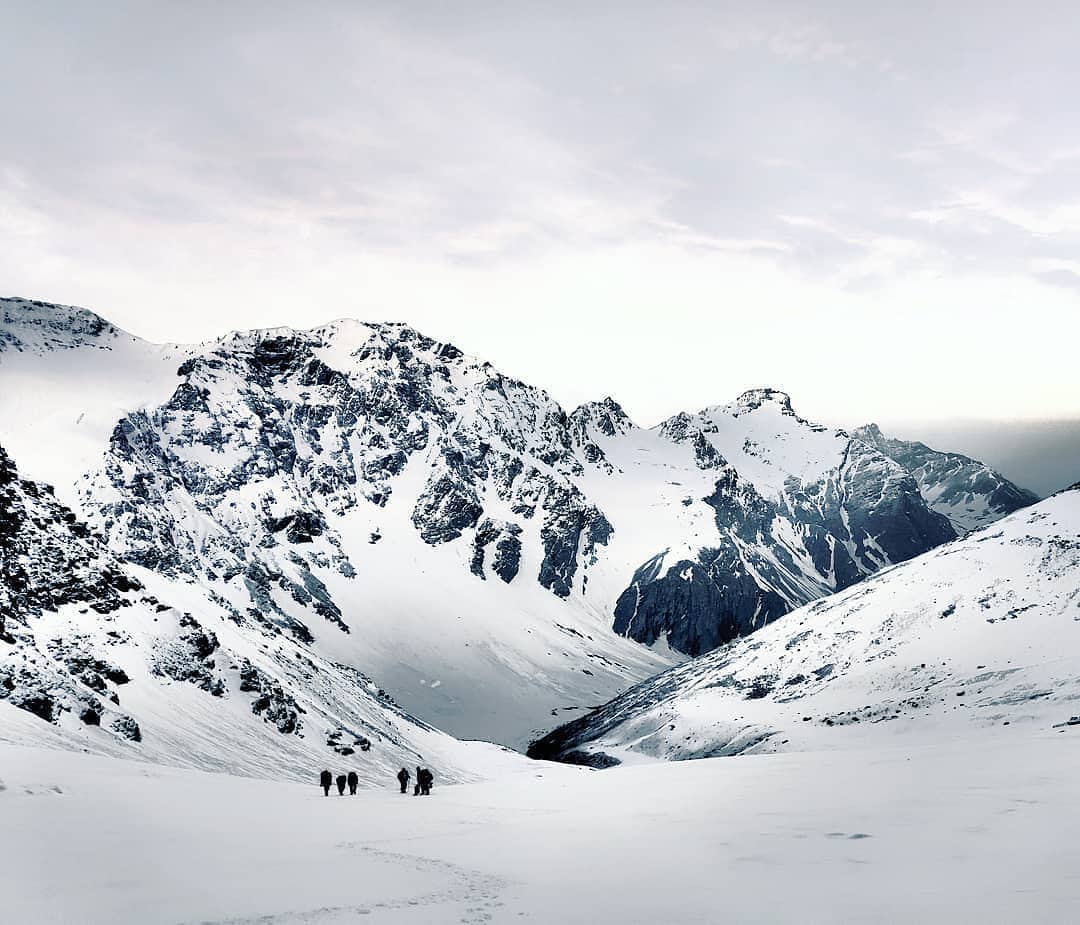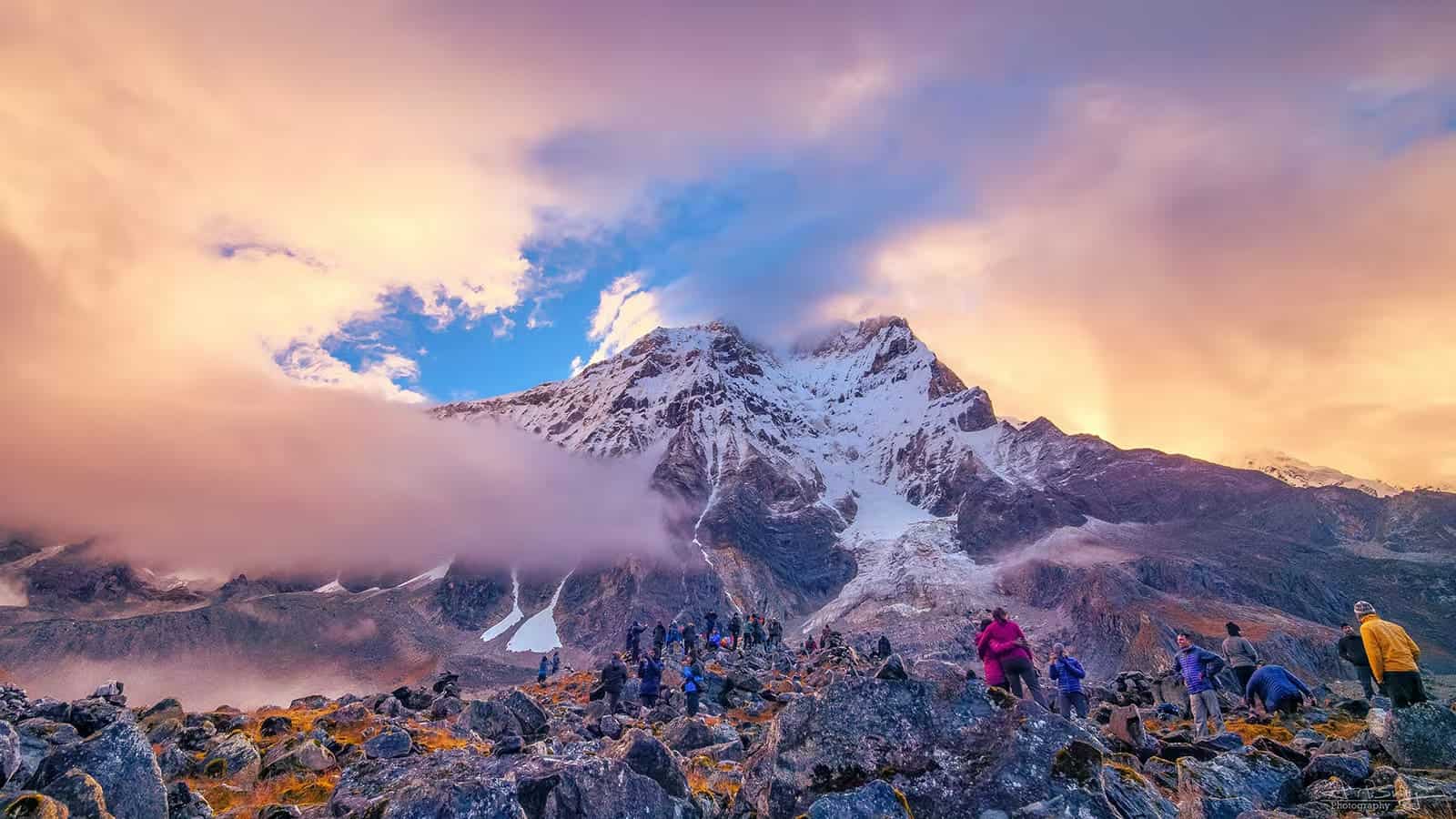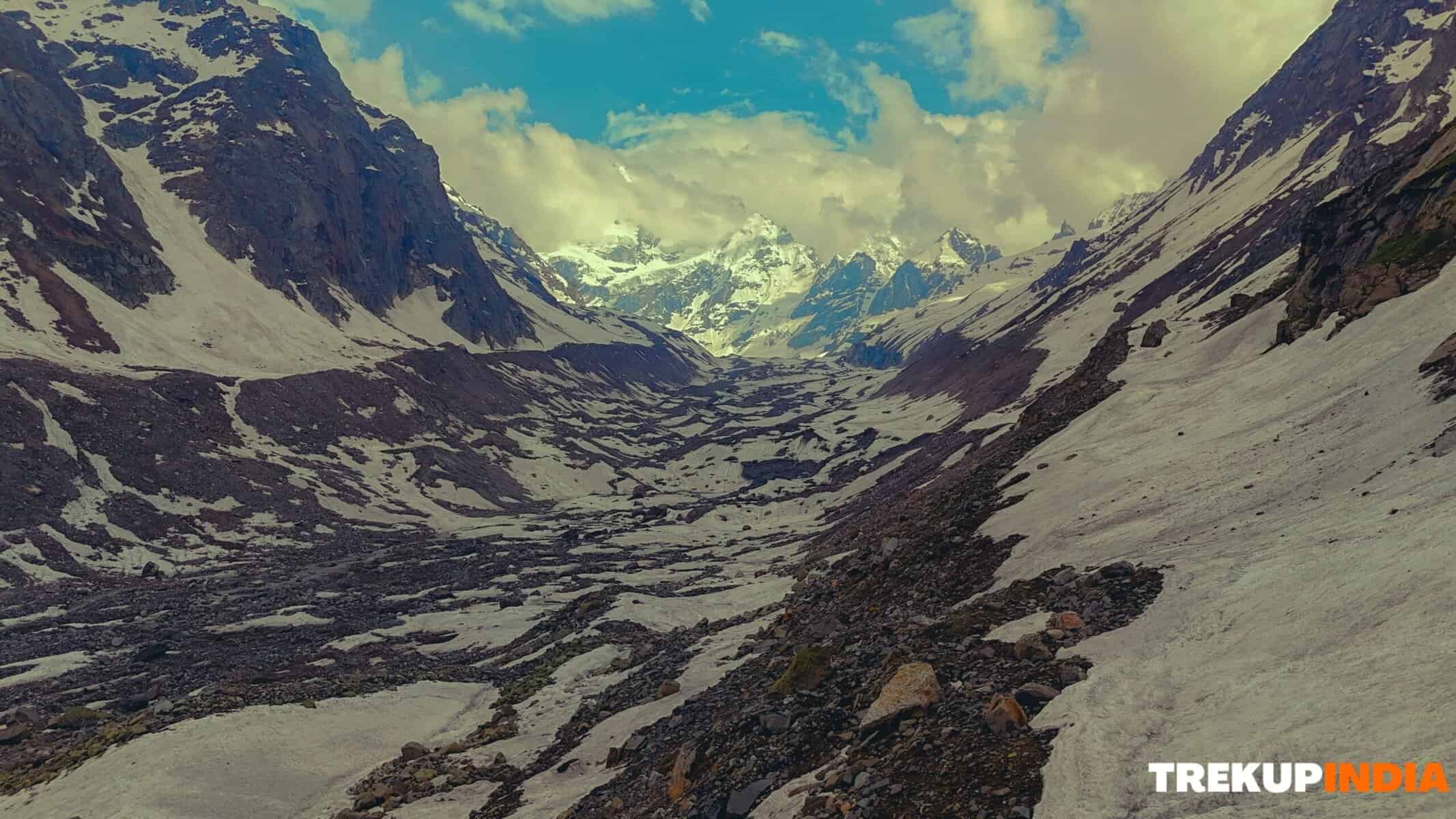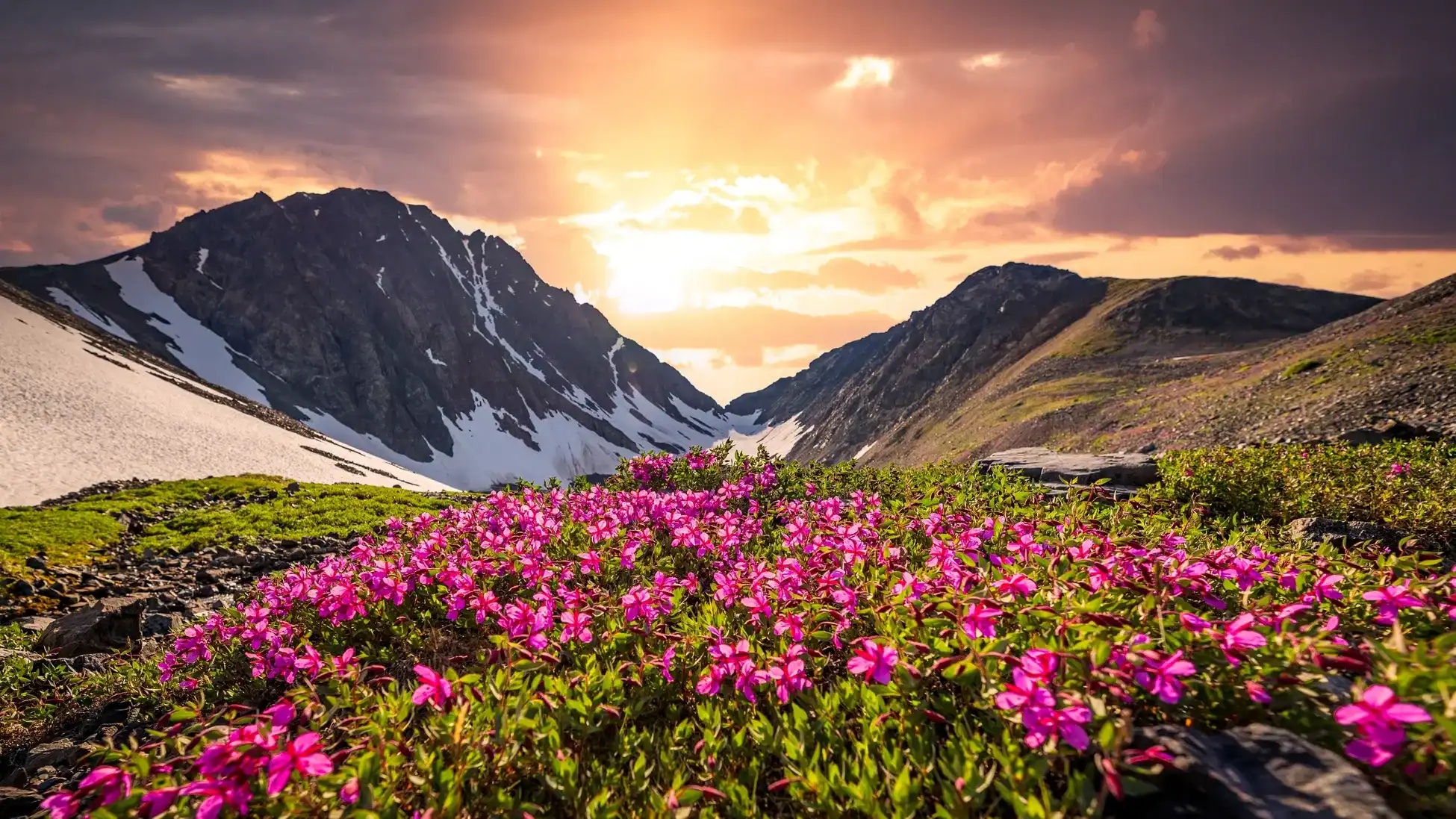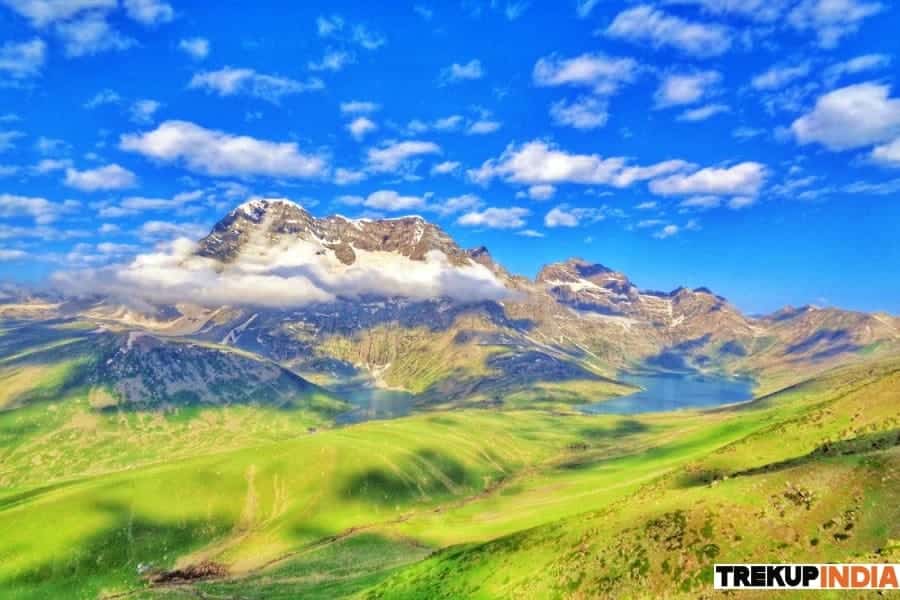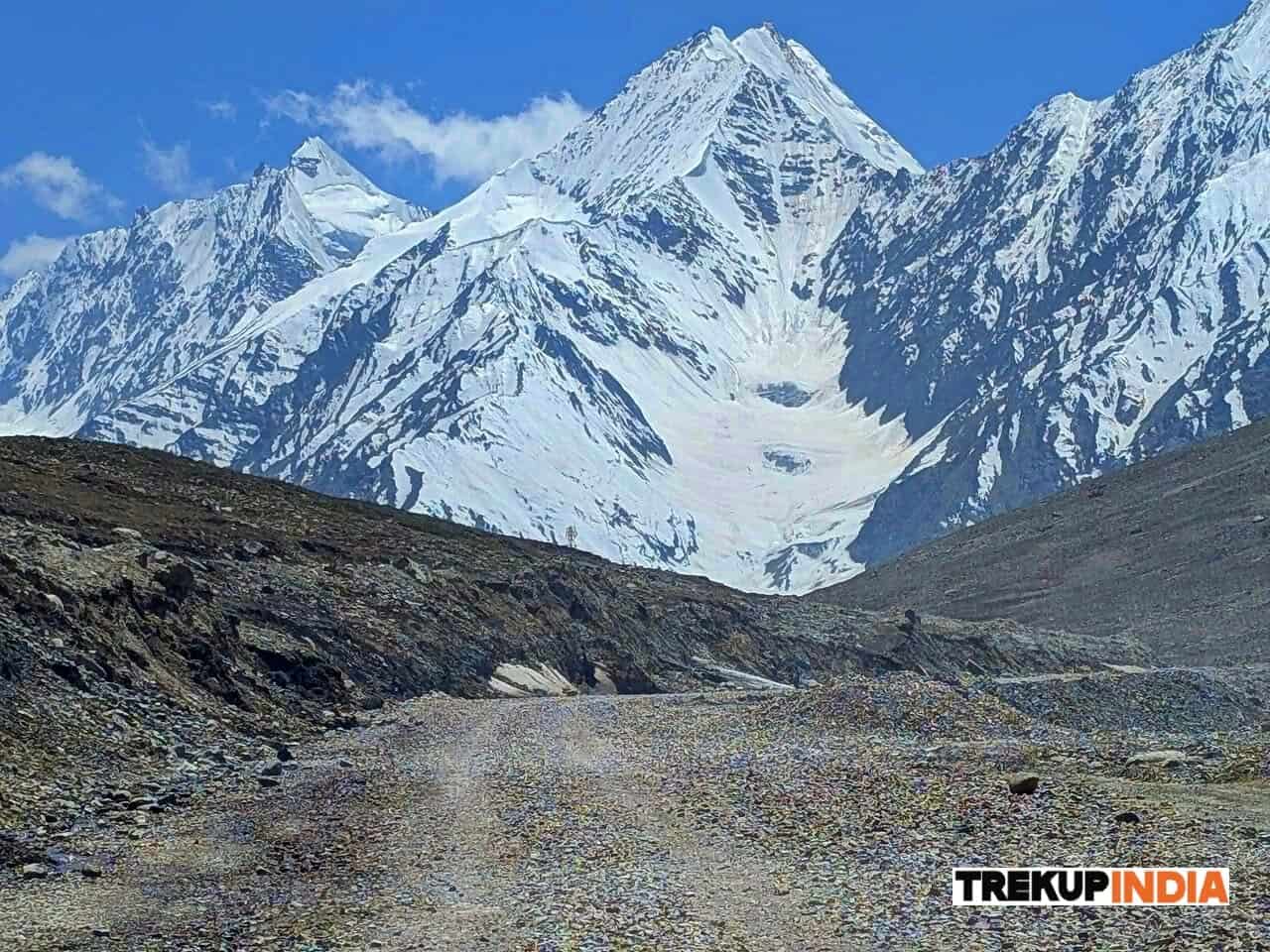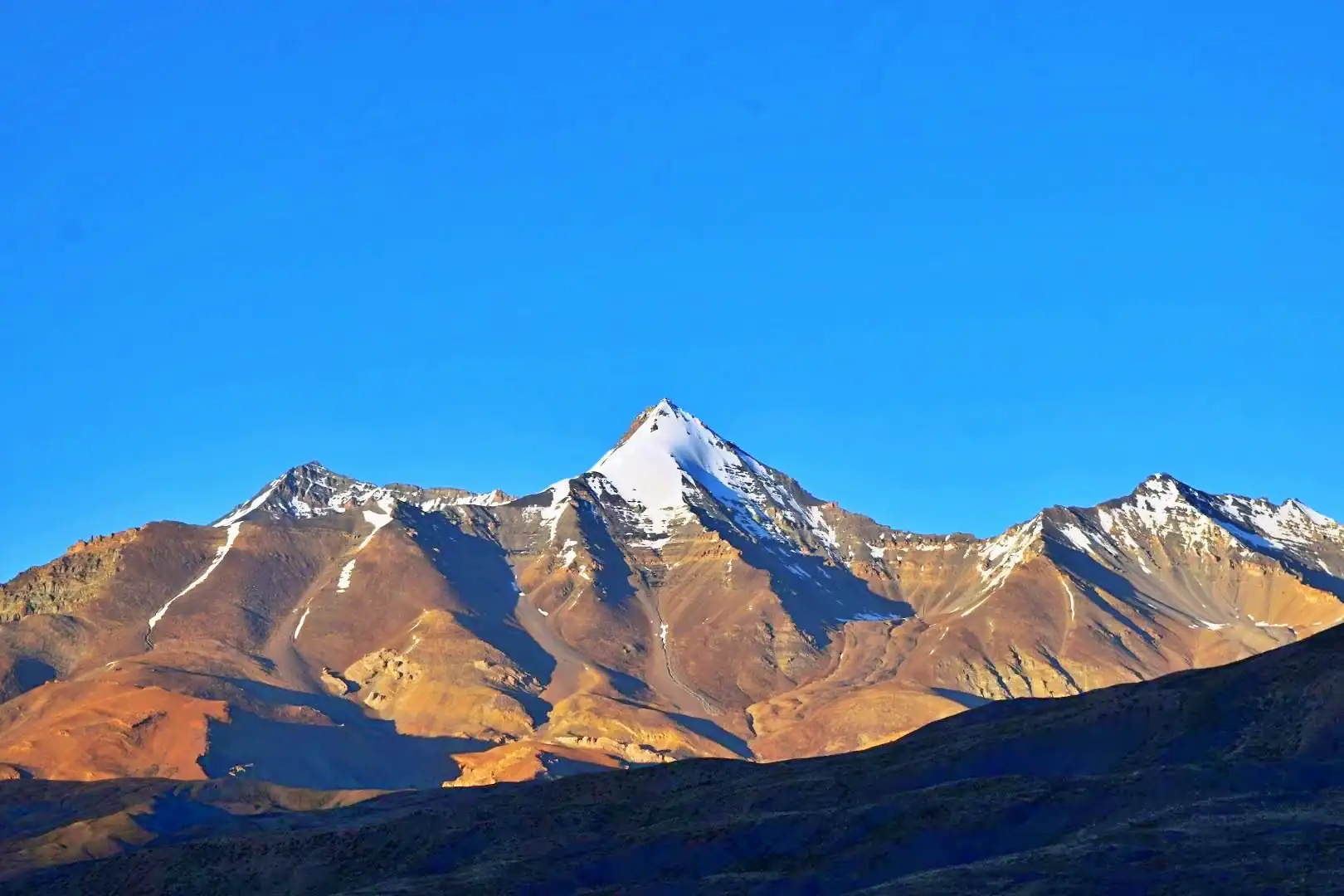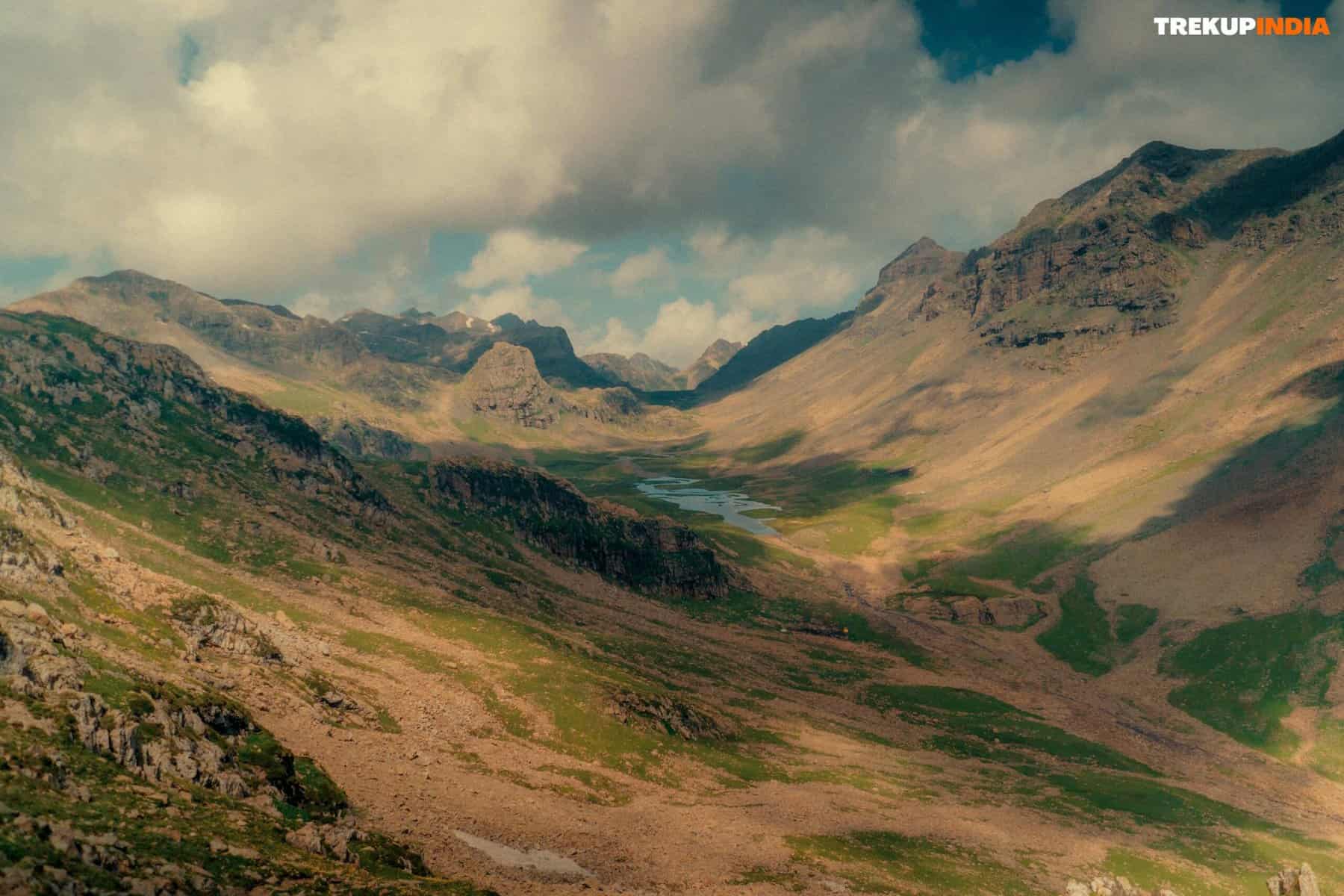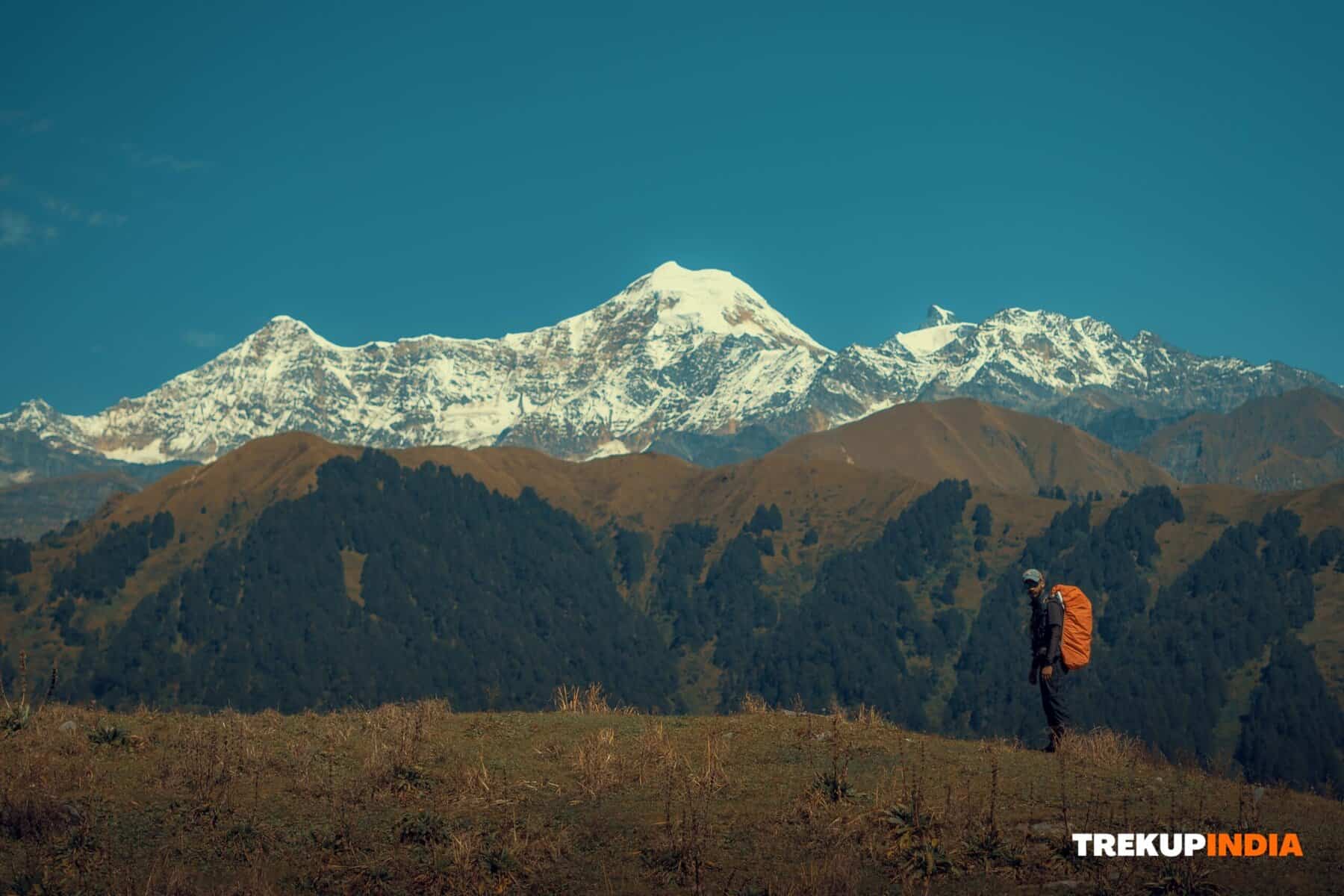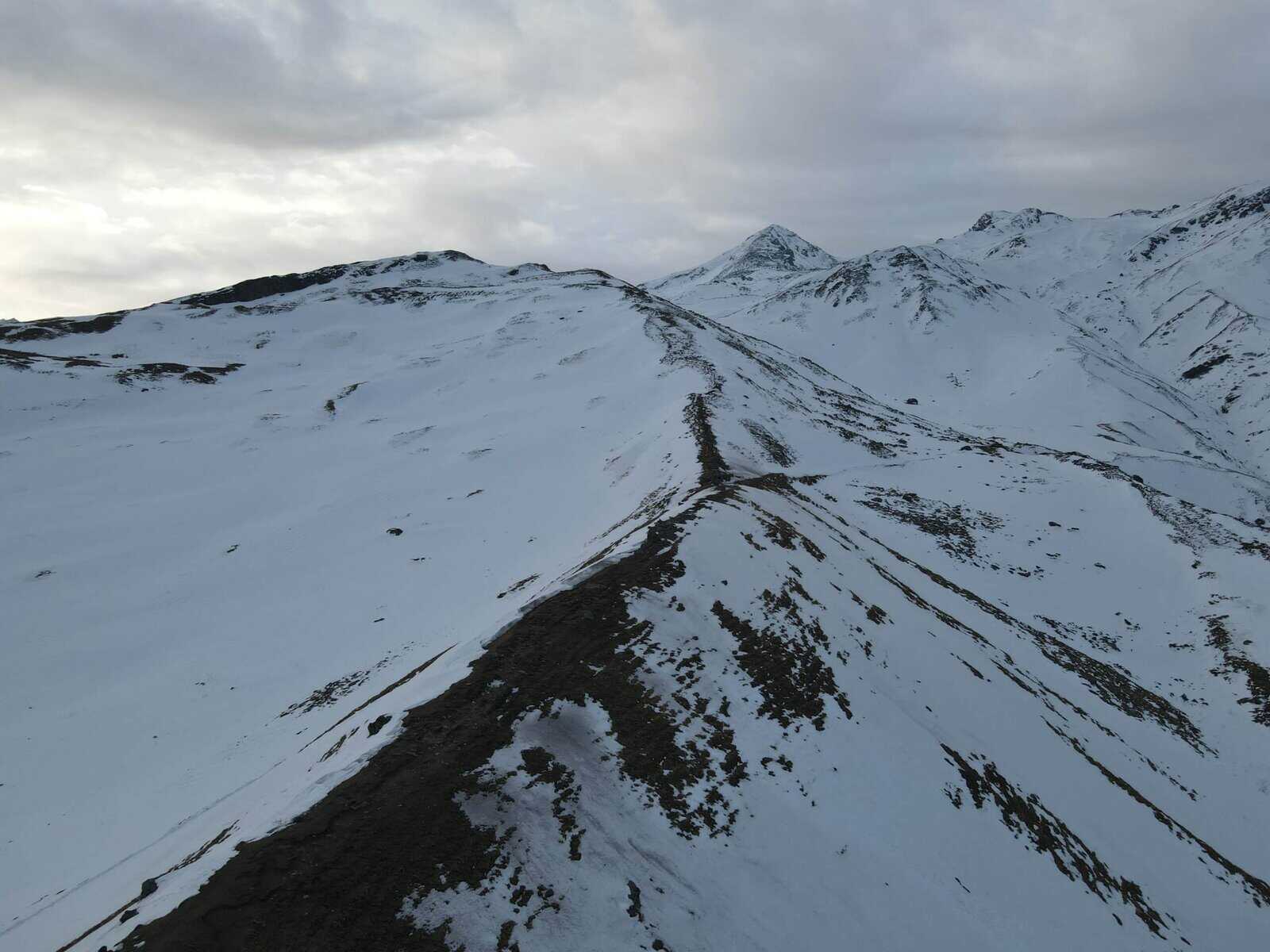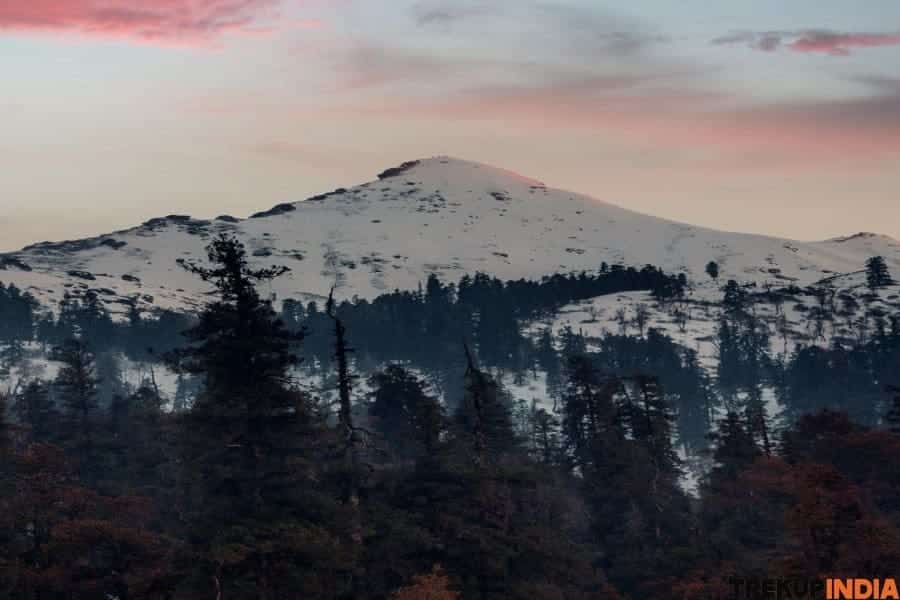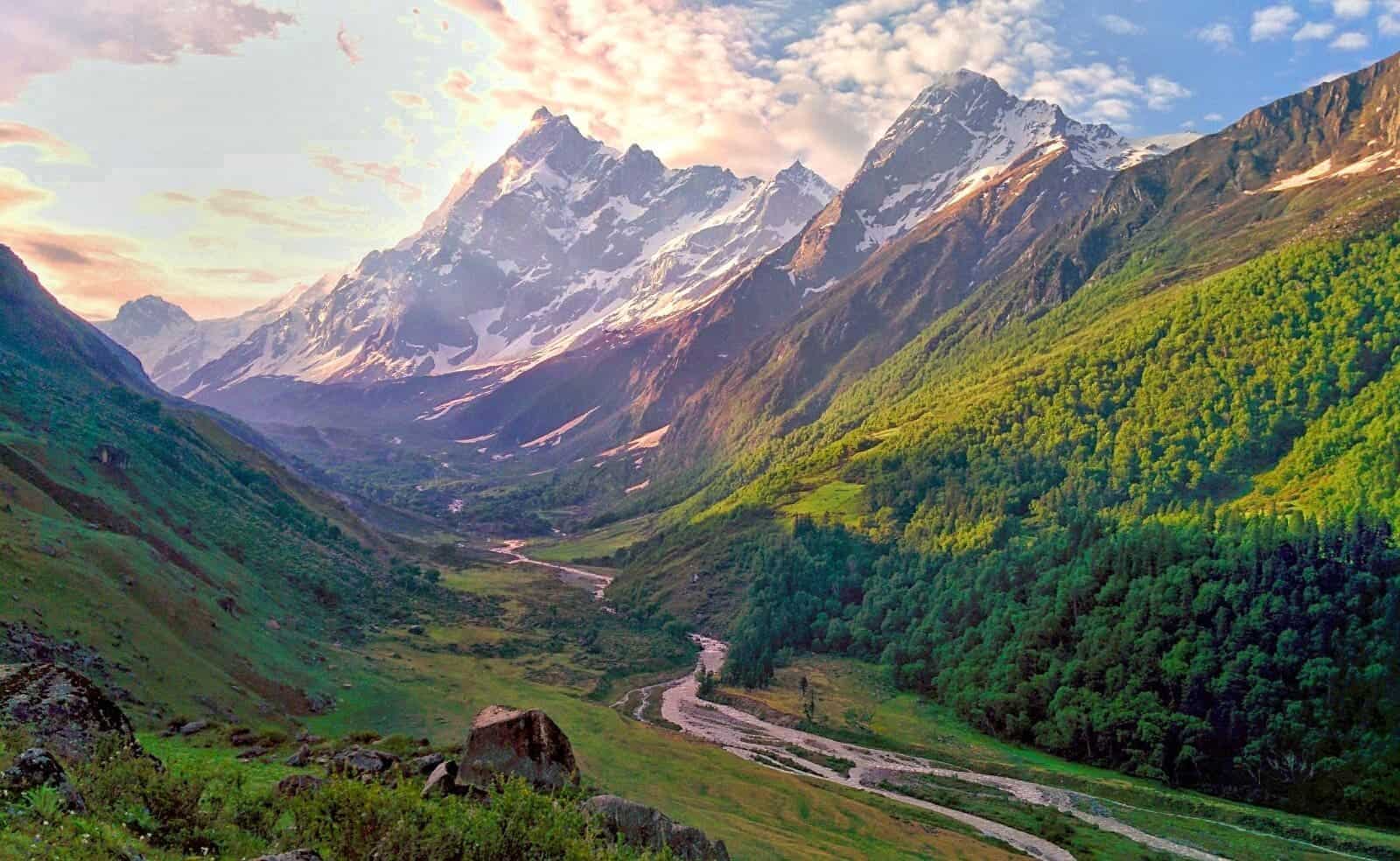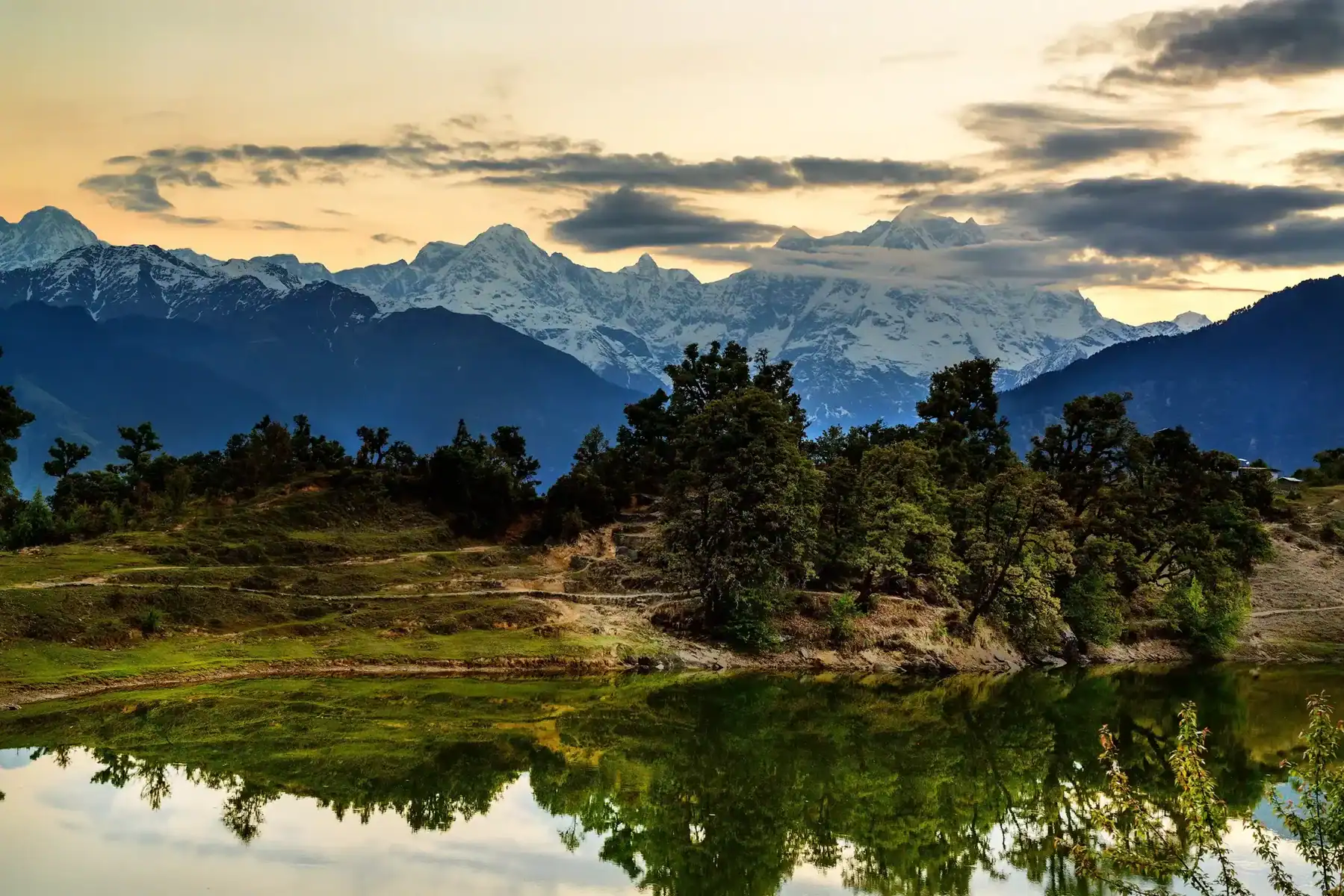Three Passes Trek Everest Base Camp
Three Passes Trek Everest Base Camp
The Everest Base Camp Three Passes Trek is an unforgettable and challenging journey through Nepal’s Khumbu region, featuring breathtaking mountain vistas, varied landscapes, and an invigorating Sherpa culture – not to mention traversing three challenging high-altitude passes: Kongma La, Cho La, and Renjo La. Considered one of the toughest treks in the area, this journey covers diverse terrain from lush valleys and alpine forests to snow-covered passes and glaciers. Trekkers who travel through the Himalayan peaks above 6,000 meters will enjoy spectacular vistas such as Cho Oyu, Lhotse, Nuptse, Makalu, and Ama Dablam. Due to the harsh terrain and weather conditions – including extreme cold, strong winds, and the potential for snowstorms – this trek requires excellent fitness, endurance, and prior trekking experience. Participants of our trek are awarded special perks along the way, from dry-fit t-shirts upon reaching base camp to buffs for summiting Mt. Nangkarshang or Kala Patthar and summit certificates with medals upon completion. It’s more than just trekking; it’s an incredible accomplishment that allows participants to immerse themselves in Himalayan beauty and Sherpa hospitality – an unforgettable journey that you won’t soon forget.
Trek Itinerary of Three Passes Trek Everest Base Camp
Day 1: Flight from Kathmandu/Manthali to Lukla (2,850m / 9,350ft), Trek to Phakding (2,650m / 8,562ft)
Your Everest 3 Passes Trek begins with a flight to Lukla. Please be aware that during peak trekking seasons (March, April, May, September, October, and November), flights may be diverted through Manthali Airport instead. To catch your early morning flight from Manthali to Lukla, we will pick you up from your hotel at 12:30 am and drive for approximately five hours until arriving at Manthali Airport, where a 20-minute flight will leave for Lukla. Or you have the option of chartering a helicopter directly from Kathmandu to Lukla, skipping over Manthali and Lukla entirely. This service costs approximately USD550 per passenger, with expenses divided among five. If traveling between December, January, February, June, July, or August, flights will transport you directly from Kathmandu to Lukla. From Lukla, descend along the Thado Koshi River crossing several suspension bridges until reaching Phakding for an enjoyable trek and quick acclimatization period; once in Phakding, we can arrange for a visit to Rimishung Monastery nearby.
Day 2: Trek from Phakding (2,650m /8,562ft ) to Namche Bazaar (3,440m / 11,285ft)
At Phakding in the early morning, our journey will commence by following the Dudh Koshi River to its source and crossing several suspension bridges such as the Hillary Suspension Bridge. As we progress along our trek route through Monjo Village and dense woodlands along rugged paths leading towards Sagarmatha National Park Check Post, where permit formalities will be completed before entering into forest for our initial sight of Everest; nevertheless, we will press on with our trek until reaching Namche Bazaar our final destination for today.
Day 3: Rest day to acclimatize at Namche Bazaar
Today is dedicated to getting acquainted with Namche. Take time to wander the bustling Bazaar, with its cafes, restaurants, souvenir shops, and outdoor gear stores. Additionally, visit Sagarmatha National Park visitor centre or explore Sherpa communities, Hillary School, Khumjung monastery, Dingboche Airport, and Everest Hotel as possible activities.
Day 4: Trek from Namche Bazaar (3,440m / 11,285ft) to Thame (3750m / 12,303ft)
Departing Namche Bazaar, we travel by foot towards Thame along the Bhote Koshi river and through lush forests of pine and rhododendron trees. Along this journey is a noteworthy stop at Phurte stupa with walls covered in traditional mud plaster decorations. As we travel onward, we visit Thamo and its venerated Thamo Gompa before the trek descends sharply to Khumbu Hydroelectric Plant, before finally leading us into picturesque Thame at the westernmost end of Khumbu Valley. Thame, Nepal, is famous as the birthplace of numerous accomplished Sherpa climbers such as Apa Sherpa, who summited Everest an unprecedented 21 times! Additionally, Tenzing Norgay Sherpa co-led Sir Edmund Hillary in conquering Mt Everest with their historic expedition in 1999.
Day 5: Trek from Thame (3,750m / 12,303ft) to Lungden (4,500m / 14,764ft)
Today’s journey will lead you through picturesque villages amidst stunning scenery, lush greenery, and towering mountains. As morning sunshine illuminates the land, rocks, lichens, yaks, snow-capped summits, and snow-covered summits appear almost otherworldly in their vibrant beauty. After we depart Taranga Valley at 4200 meters for Marulung village, and continue trekking uphill toward Lungden via historic Nakpa Valley that once served as a trade route between Tibet and Mongolia, or make a detour to peaceful Cho Relmo Lake if time allows.
Day 6: Trek from Lungden (4,500m / 14,764ft) to Gokyo Lake (4,750m / 15,583ft) via Renjola Pass (5,446m / 17,867ft)
Today is sure to be an exhilarating highlight of your adventure, as you pass over Renjola Pass – your first major milestone on this trip. Once you leave Lungden behind, your journey will lead to the spectacular Gokyo Lakes region, where local villagers may engage in traditional activities such as yak herding, depending on the time of year. After reaching Renjola Pass, you will be treated to breathtaking vistas of giant mountains such as Everest, Lhotse, Makalu, and Cho Oyu. Your journey will also include stunning sights of Dudh Pokhari Lake – one of five spectacular Gokyo Lakes with the charming village of Gokyo nestled along its shores – as you make your way down into Gokyo Valley, be mindful of any potentially slippery surfaces and be cautious as you descend.
Day 7: Rest day to acclimatize at Gokyo. Early morning at Gokyo Ri (5,400m / 17,814ft) Viewpoint
Gradual acclimatization allows us to reach the stunning Gokyo Ri Viewpoint, offering breathtaking panoramas of the Everest region, including tranquil lakes Thonak Tsho and Ngozuma Tsho. A short distance north from Gokyo lies Ngozumpa Tsho glacier at an elevation of 5,000 meters while nearby is Scoundrel’s Viewpoint with magnificent vistas of Cho Oyu, Everest, Lhotse, Nuptse, Makalu as well as their towering summits; beyond its fifth Gokyo Lake awaits Cho Oyu Base Camp as well as Ngozumpa Glacier- the longest glacier in Himalayan range!
Day 8: Trek from Gokyo (4,790m / 15,584ft) to Thangnak (4,700m / 15,400ft)
On Day Two, we resume our journey by exploring the Ngozumpa Glacier area. This will require traversing uneven, rocky terrain with multiple elevation changes. As we meander our way along the eastern glacial moraine valley floor, stunning scenery will keep us motivated. Eventually, we arrive at Thangnak accommodations, which are conveniently placed for crossing the Cho-La high pass.
Day 9: Trek from Thangnak (4,700m / 15,400ft) to Dzongla (4,855m / 15,930ft) via Cho La Pass (5420m /17,783ft)
Today’s trek covers more difficult paths through rocky terrain and glacial moraines, leading us to Dzongla. A highlight of today is crossing Cho La Pass (5420m / 17,783ft), connecting Dzongla with Thagnak and providing stunning views of Everest and the surrounding Himalayan ranges. After this experience, we will return back down into Dzongla for the night.
Day 10: Trek from Dzongla (4,855m / 15,930ft) to Lobuche (4,910m / 16,175ft)
After departing Dzongla in the morning, we will embark on our trek towards Lobuche. Our route will follow a traditional Everest Base Camp Trek route beginning with Chola Lake and moraine descents before we reach Lobuche via Imja Khola Valley treks en route. There, we will come across memorial statues honouring climbers lost here while continuing along scenic Imja Khola Valley treks until reaching our final destination of Lobuche.
Day 11: Trek from Lobuche (4,930m / 16,175ft) to Everest Base Camp and back (5,364m / 17,598ft) to Gorak Shep (5,185m / 17,010ft)
On the eleventh day, you will finally reach Everest Base Camp after an arduous journey. Your trek begins along the Khumbu Glacier’s lateral moraine until reaching Gorak Shep. As soon as we reach Gorak Shep, we will leave our belongings behind and head towards Everest Base Camp (EBC), an integral stop on any attempt at Mount Everest. Reaching EBC marks an impressive accomplishment that exemplifies your unfaltering commitment. At EBC, we will celebrate personal triumph with an afternoon spent admiring its breathtaking views and taking memorable photographs before heading back downhill towards Gorak Shep for an overnight stay.
Day 12: Trek to Kala Patthar Viewpoint (5,555m / 18,208ft), trek to Lobuche (4,910m / 16,175ft)
Yesterday was an impressive achievement, yet Mt. Everest itself remained out of our reach. Today provides another chance to witness her majestic magnificence as we rise early and trek to Kala Patthar (5,555 meters), where we will linger to watch the sunrise over Mt. Everest before heading downhill towards Gorak Shep for breakfast before finally returning upstream towards Lobuche for our final destination of the day.
Day 13: Trek from Lobuche (4,930m / 16,175ft) to Chhukung (4,730m / 15,580ft) via Kongma La Pass (5,535m / 18,159ft)
Today is your final pass in this three-pass series and has long been considered to be one of the toughest in your travels. Starting your journey from Lobuche, Kongma La Pass can be reached fairly easily by ascending its gradual steps through icy lakes adorned with mummified cranes, each serving as a unique marker of this pass. As soon as you reach the Kongma La Pass, you will be treated to stunning views of Lhotse Shar, Lhotse Peaks, Makalu Baruntse, and Ana Dablam peaks. After crossing Kongma La Pass and beginning your descent through Nigyang Khola Valley and Chukhung Village, you will reach Chukhung Village. Chhukhung has long been utilized by Sherpas as a yak grazing ground, although there are no permanent settlements there. Recently, however, Chhukhung has gained in popularity among trekkers as an ideal spot to acclimatize due to its elevation, making it an attractive option for trekking expeditions.
Day 14: Trek from Chhukung (4,730m / 15,580ft) to Tengboche (3,855m / 12,850ft)
As we descend the Imja Khola valley, we pass through Dingboche village, renowned for its perfectly terraced potato fields and lush alpine meadows. We may catch sight of traditional highland shelters called kharkas at Tsura, Orsho, and Shomare before continuing towards Pangboche Village, which serves as a year-round settlement in the valley; after arriving here, we head further along until Tengboche, where stunning views of Amadablam, Everest, Nuptse, and Lhotse await from its viewpoint; additionally, our journey will lead to Tengboche Gompa – the oldest monastery in the Khumbu region!
Day 15: Trek from Tengboche (3,855m / 12,850ft) to Namche Bazaar (3,440m / 11,285ft)
As we travel the trek to Namche Bazaar, we pass through forests where highland animals such as pheasants, musk deer, mountain goats, and snow leopards call home. We will ascend steep slopes adorned with prayer flags and chortens en route, providing glimpses of Mount Everest’s peak and Lhotse’s rear side along our journey.
Day 16: Trek from Namche Bazaar (3,440m / 11,285ft) to Lukla (2,850m / 9,350ft)
On our final day of trekking, we will head back to Lukla. Following breakfast, we will descend a steep trek to reach Hillary Suspension Bridge before passing through several local villages of Dudh Koshi River Valley before arriving back at Lukla. Today is day 16 of your trek; hopefully, it has been enjoyable so far.
Day 17: Fly to Kathmandu/Manthali from Lukla (2,850m / 9,350ft)
Today marks your arrival back in Kathmandu according to your itinerary. Transportation options depend on the time of year; during peak trekking seasons (March to May and September to
November) Flights will likely land in Manthali and then travel via scenic drive. In off-season months (December-February and June-August), Lukla can be flown in directly, or you could choose an optional helicopter ride, which costs an extra $550 per person. To commemorate your trek’s conclusion, we have also organized a farewell dinner.
Trek Highlights of Three Passes Trek Everest Base Camp
- Cross the three highest trekking passes in the Everest region: Kongma La, Cho La, and Renjo La.
- Visit Everest Base Camp, Kala Patthar, and the exquisite Gokyo Lakes for a truly spectacular adventure.
- Trek up Gokyo Ri (5,357 meters) for an amazing view of Everest, Cho Oyu, Lhotse, and Makalu.
- Uncover Sherpa villages such as Chukhung, Dzongla, Thagnak, Lungden, and Marlung.
- Witness the magnificent Ngozumpa Glacier, the largest glacier in the Himalayas.
- Experienced trekkers looking for an immersive Everest experience may benefit from trekking alone on this route.
How To Reach Three Passes Trek Everest Base Camp
By Air: From Kathmandu Lukla Airport (25-30 minutes away), take an airfare directly to Lukla. Ramechhap and Lukla are approximately five to six hours away by car in peak season from Kathmandu; alternatively, there may be flights available between Ramechhap and Lukla.
Best Time to Visit Three Passes Trek Everest Base Camp
The best periods are late spring/early summer (March to May) and late summer/early autumn (September-November). At these times of year, trekkers can expect pleasant weather with minimal precipitation, comfortable temperatures, and ample sunshine – the ideal conditions for an enjoyable trek experience.
Dates For Upcoming Treks
Want To Trek Like Pro?
Basically, watch these videos if you want to trek the same way professional trekkers do and make your skills better. These videos contain useful tips and techniques to further improve your trekking skills itself. These videos actually help both new and experienced trekkers improve their trekking skills. These videos definitely provide useful tips that make your trek better. We are seeing that these videos by Trekup India experts will only help you make your trekking skills better.
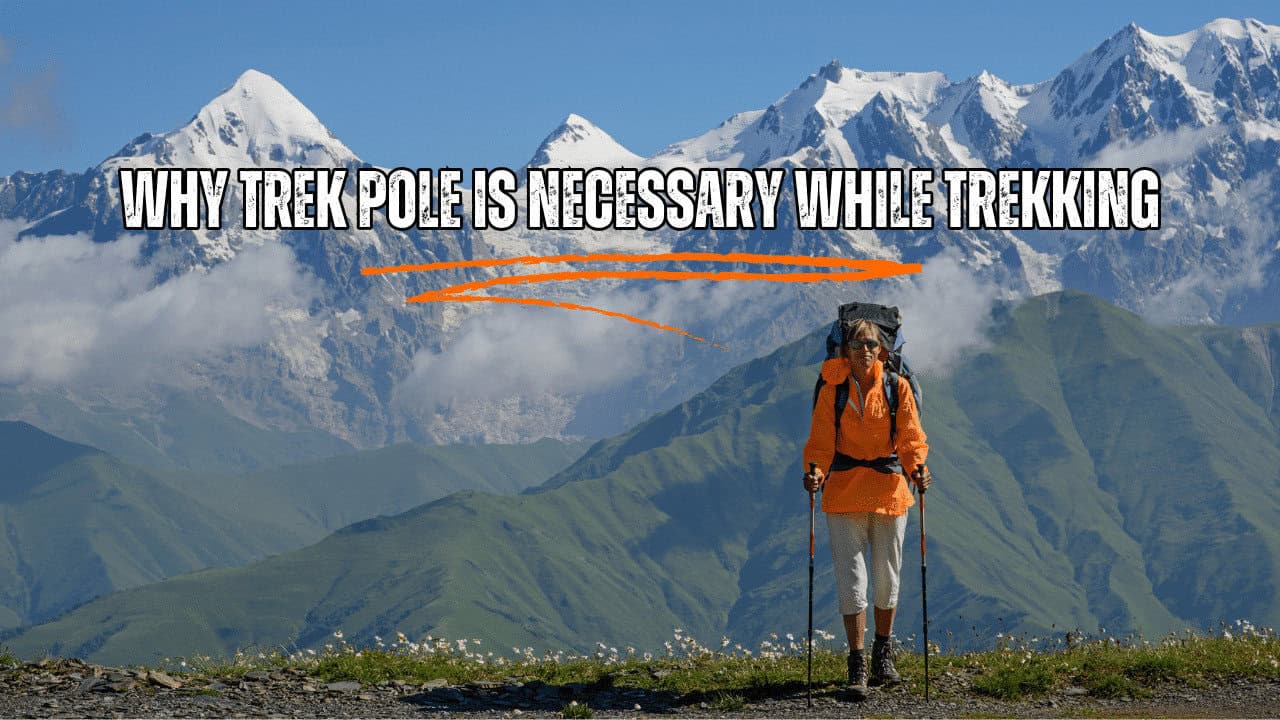
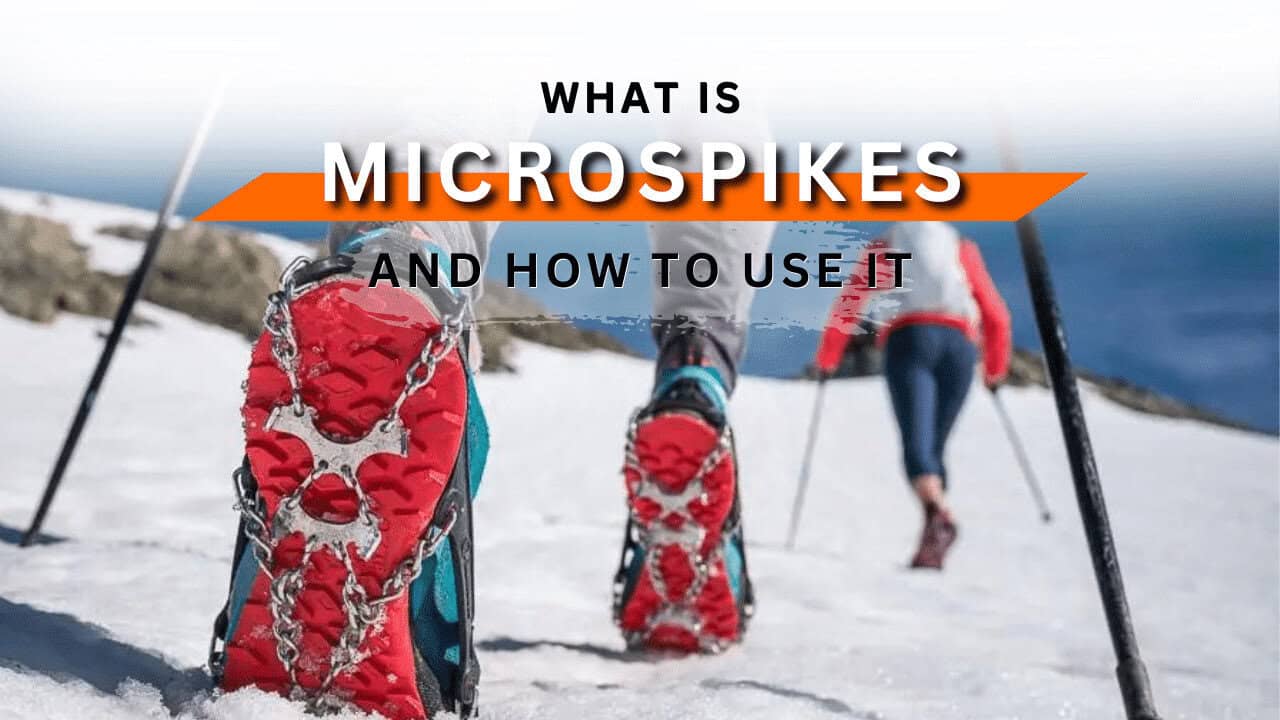

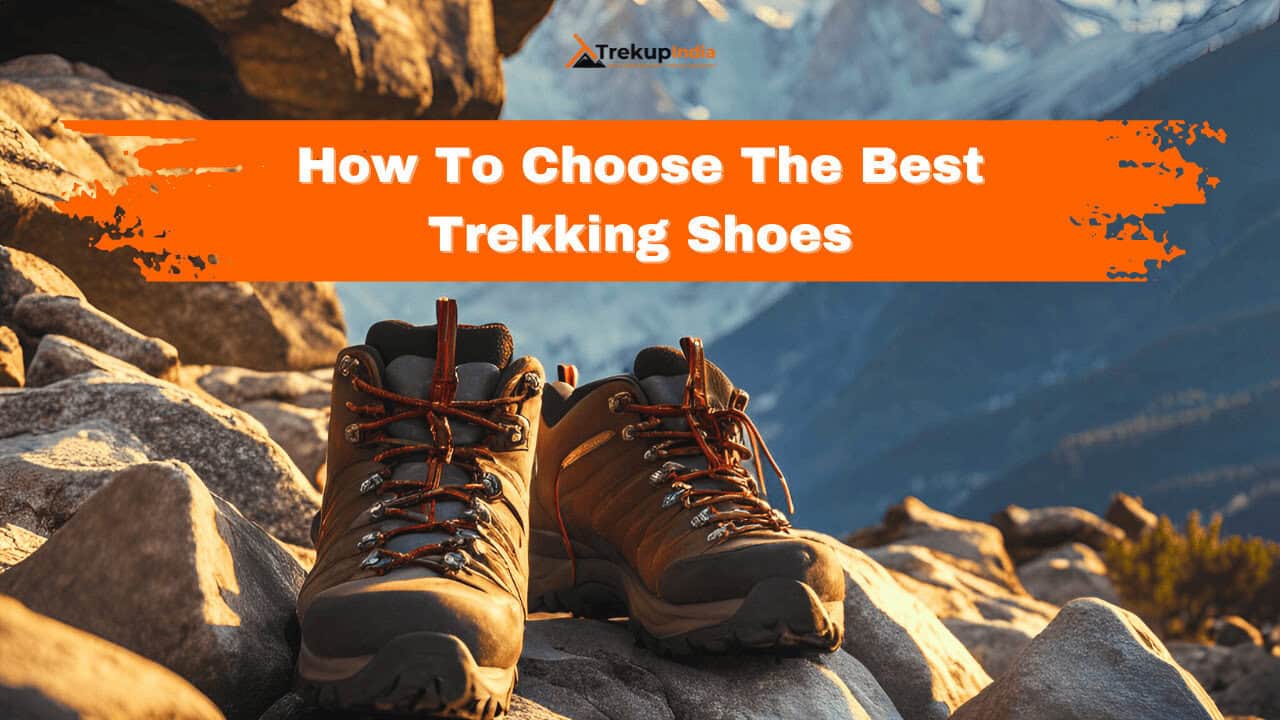
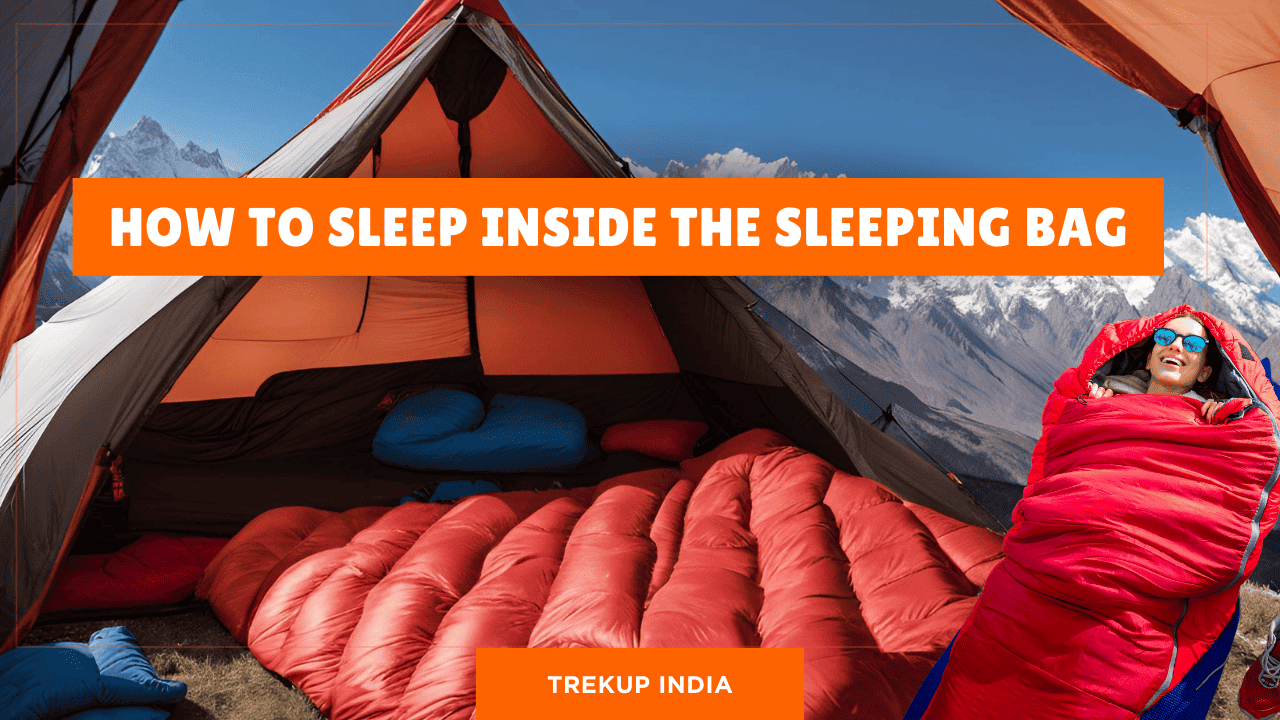
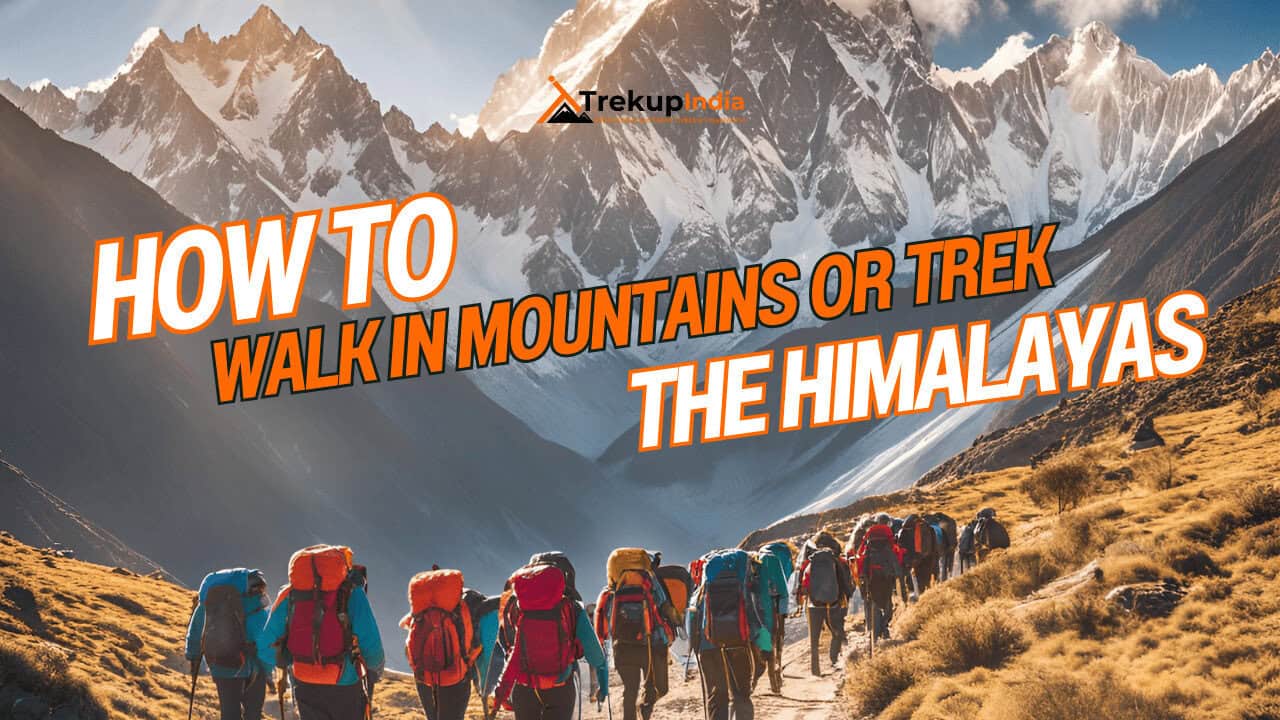

Know Everything About Acute Mountain Sickness
Acute Mountain Sickness occurs when people trek to high altitudes above 8,000 feet. This condition itself develops further due to reduced oxygen levels at such heights. Basically, as you go higher up, the air pressure and oxygen levels decrease, which causes the same problem. Acute Mountain Sickness surely causes headache, nausea, vomiting, and dizziness in affected persons. Moreover, peoples also experience difficulty in sleeping during this condition. To avoid mountain sickness, you should actually trek up slowly to higher altitudes. To learn further about this condition itself, watch the videos by Trekup India.
